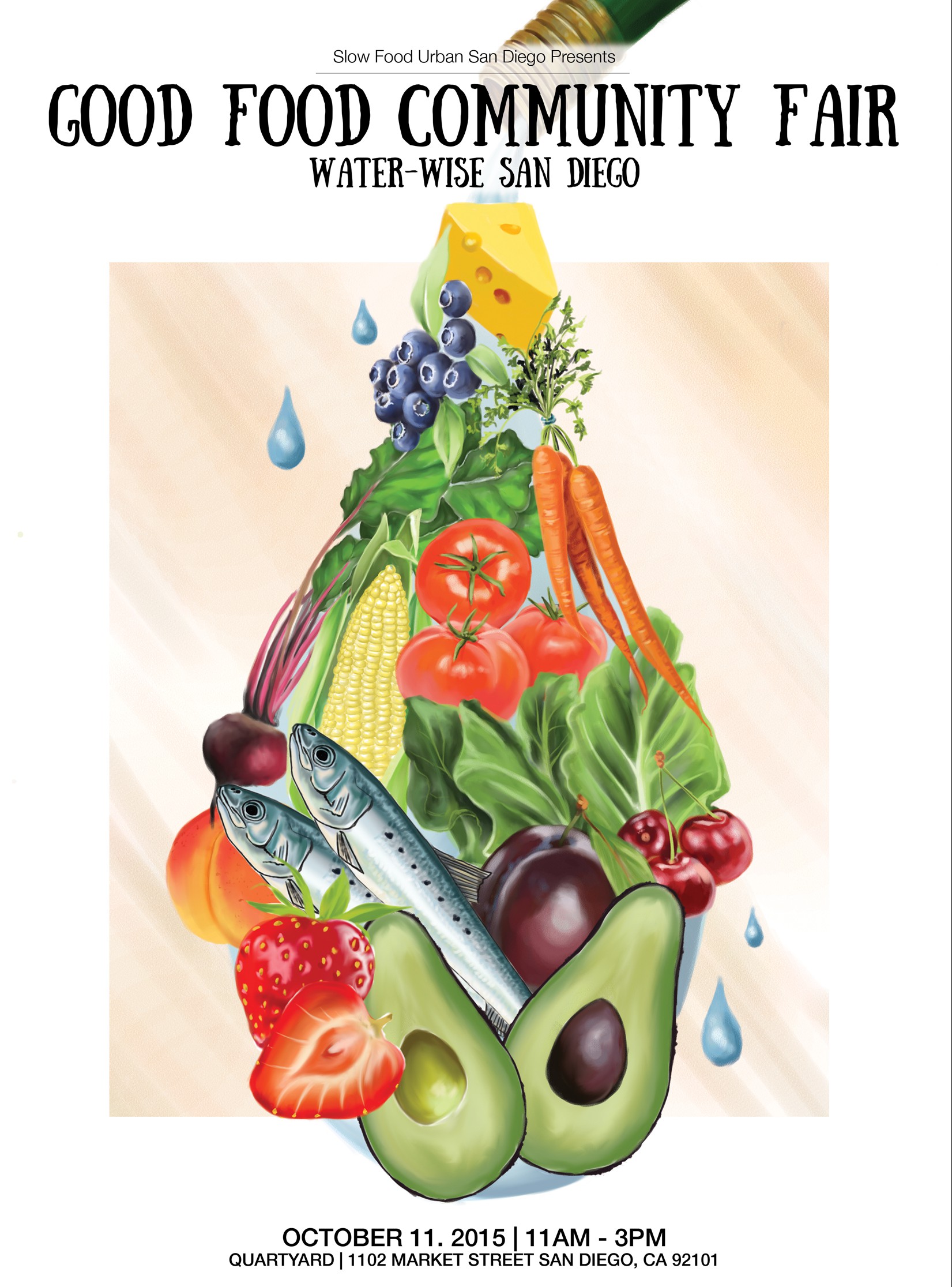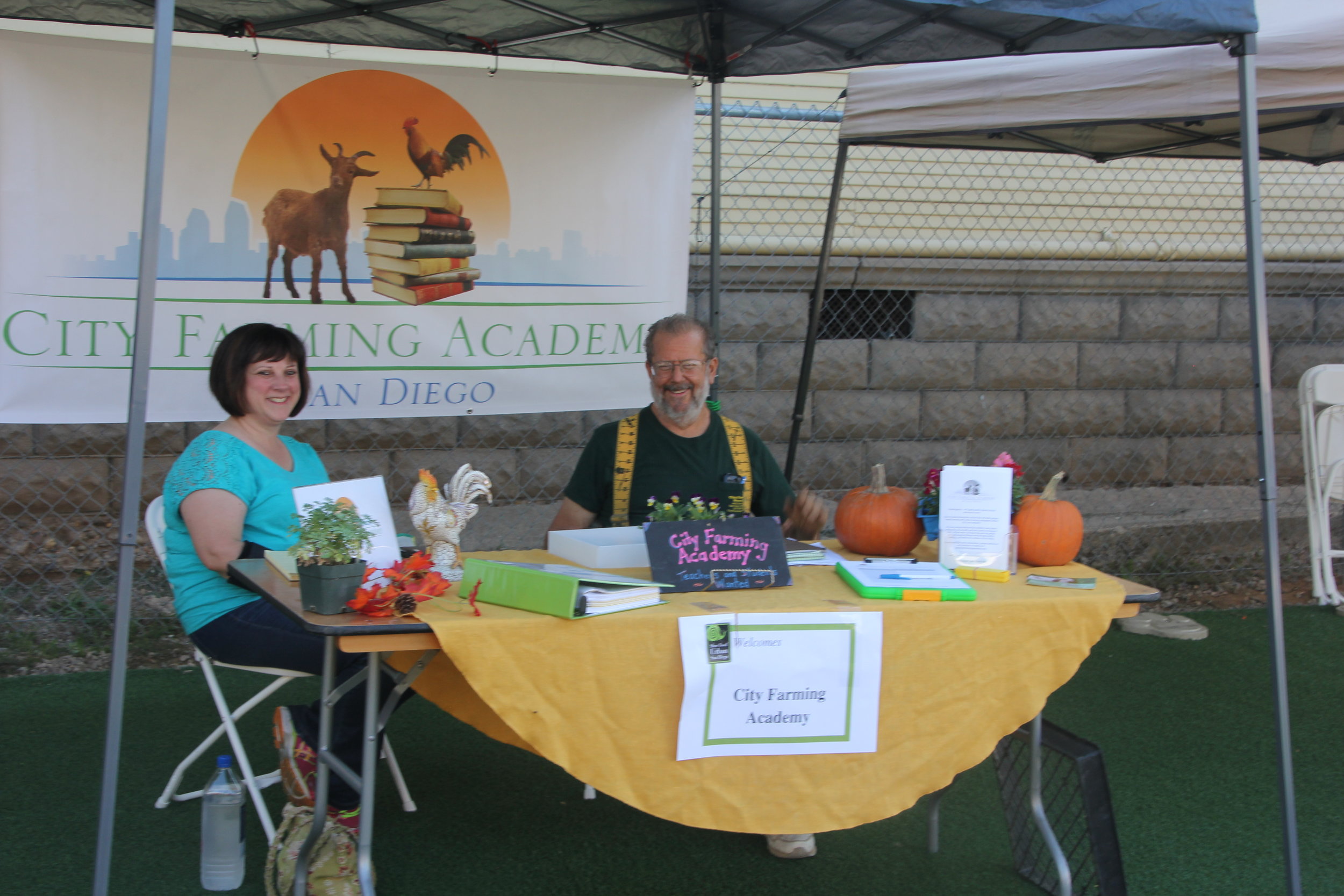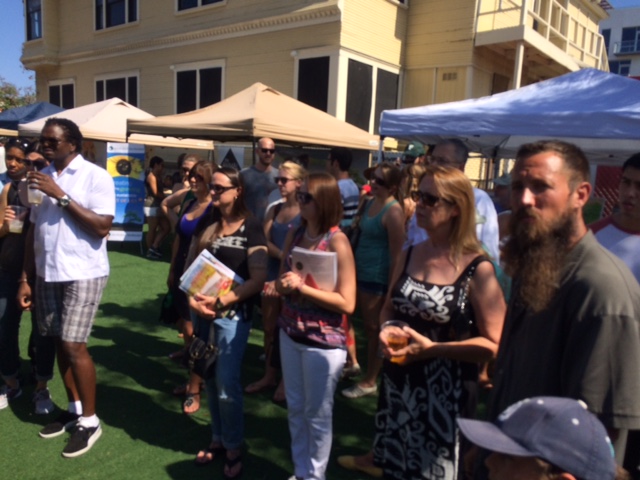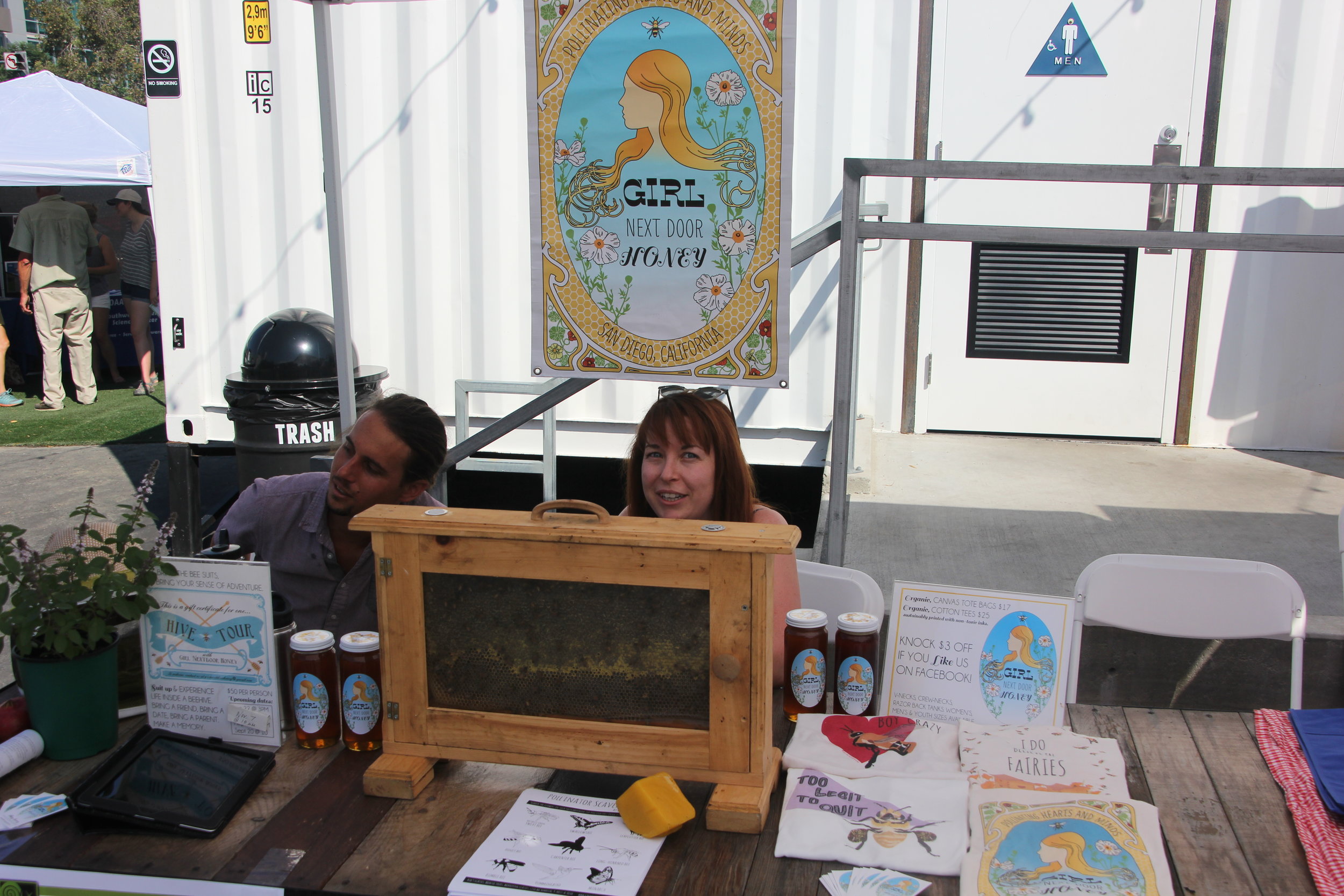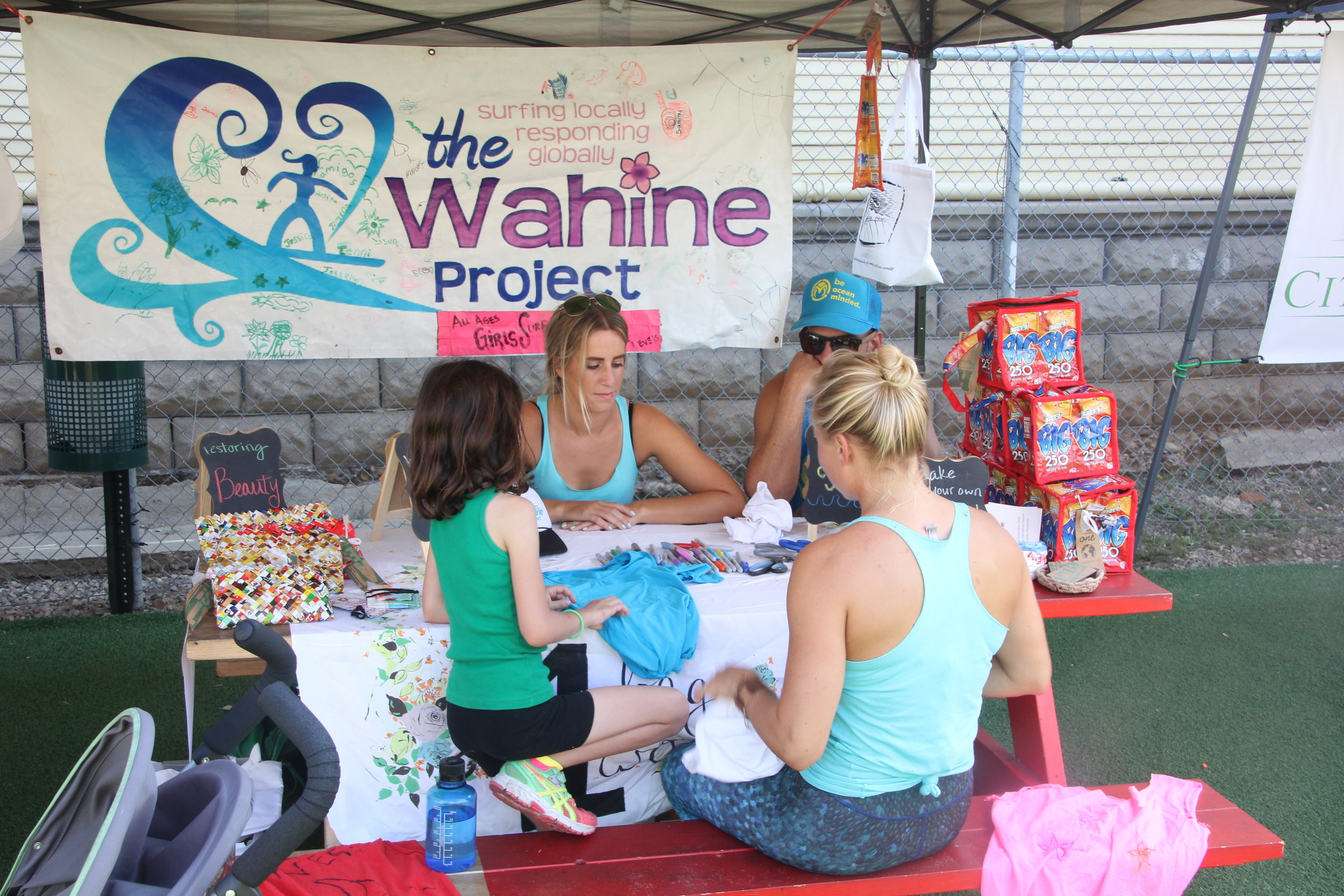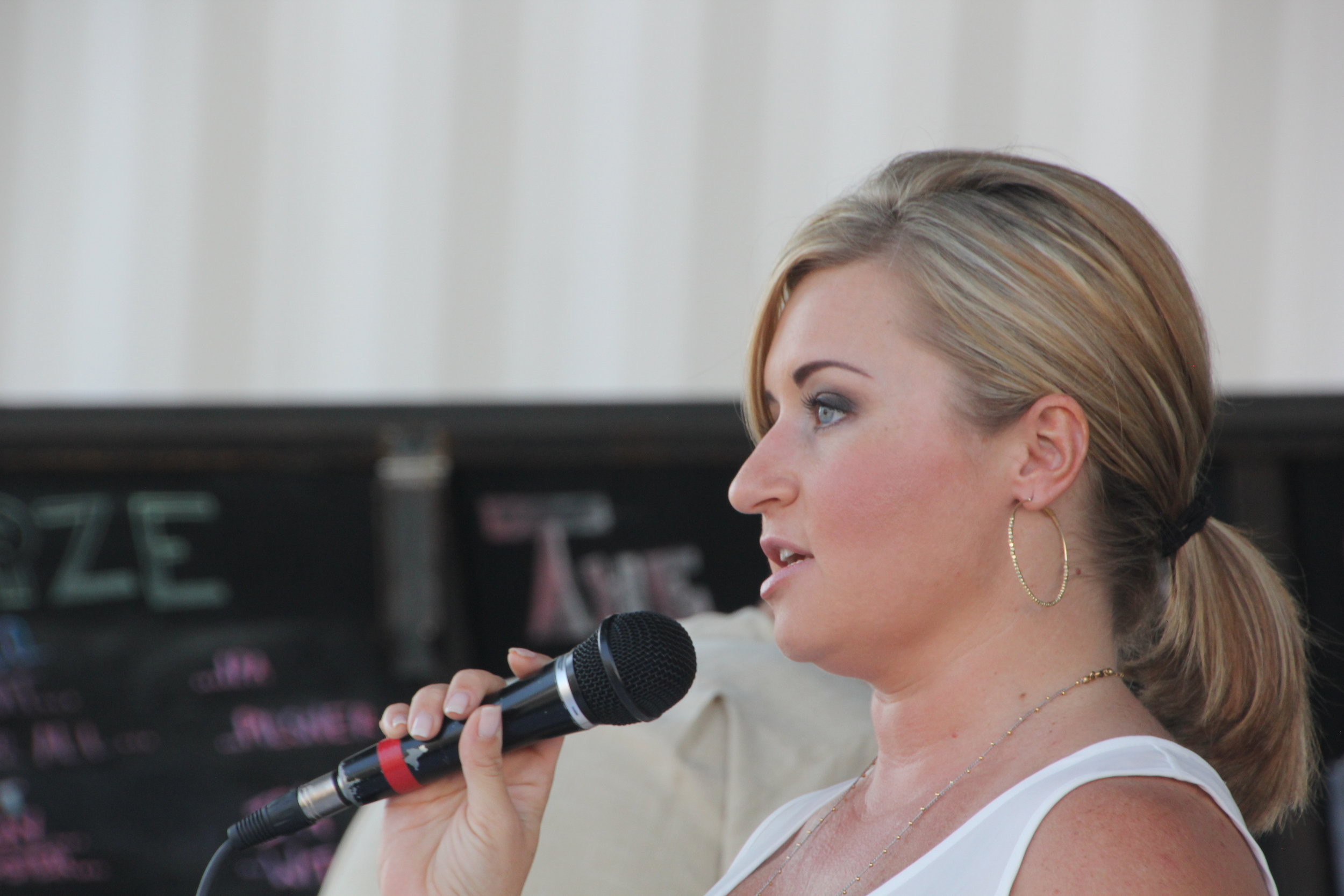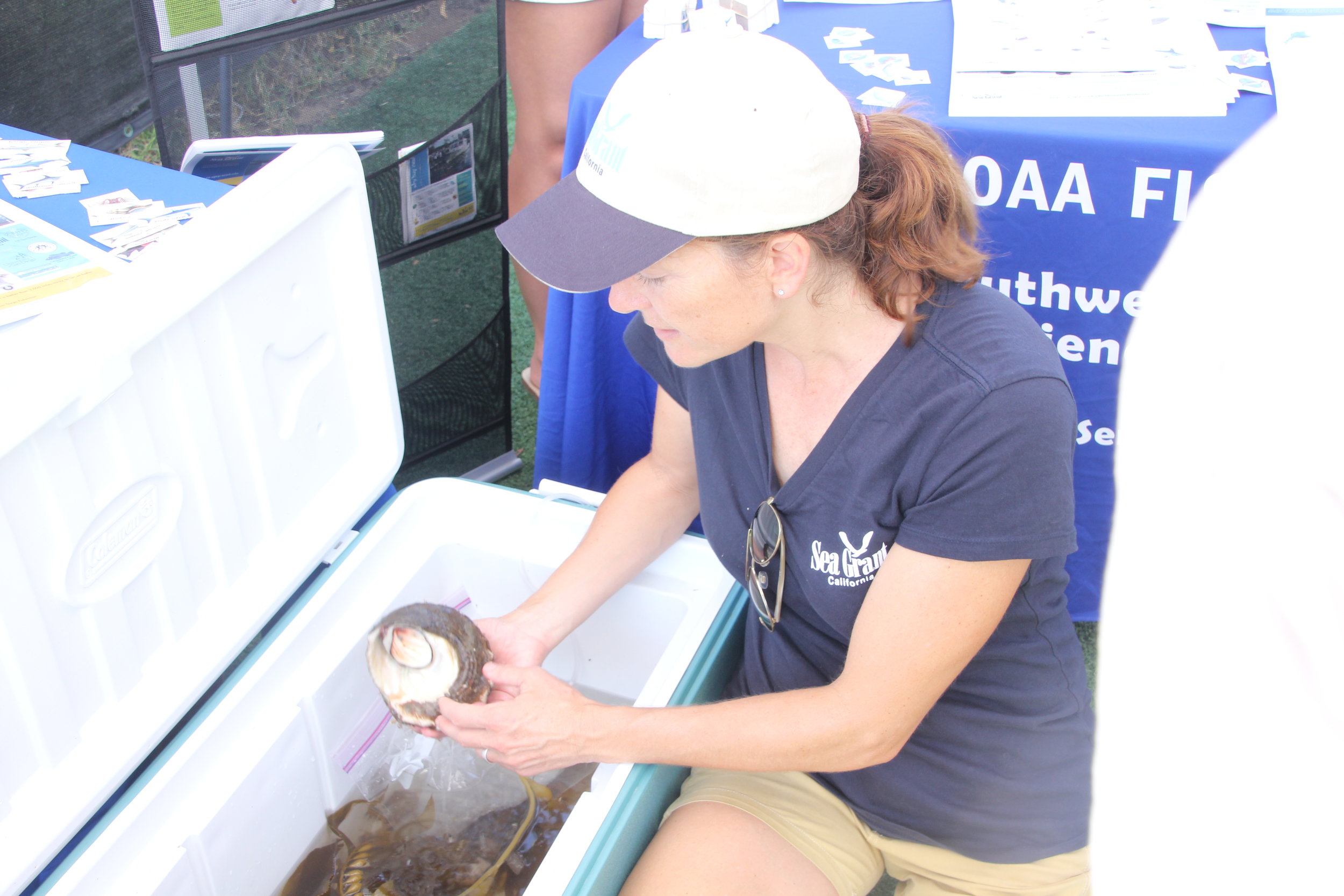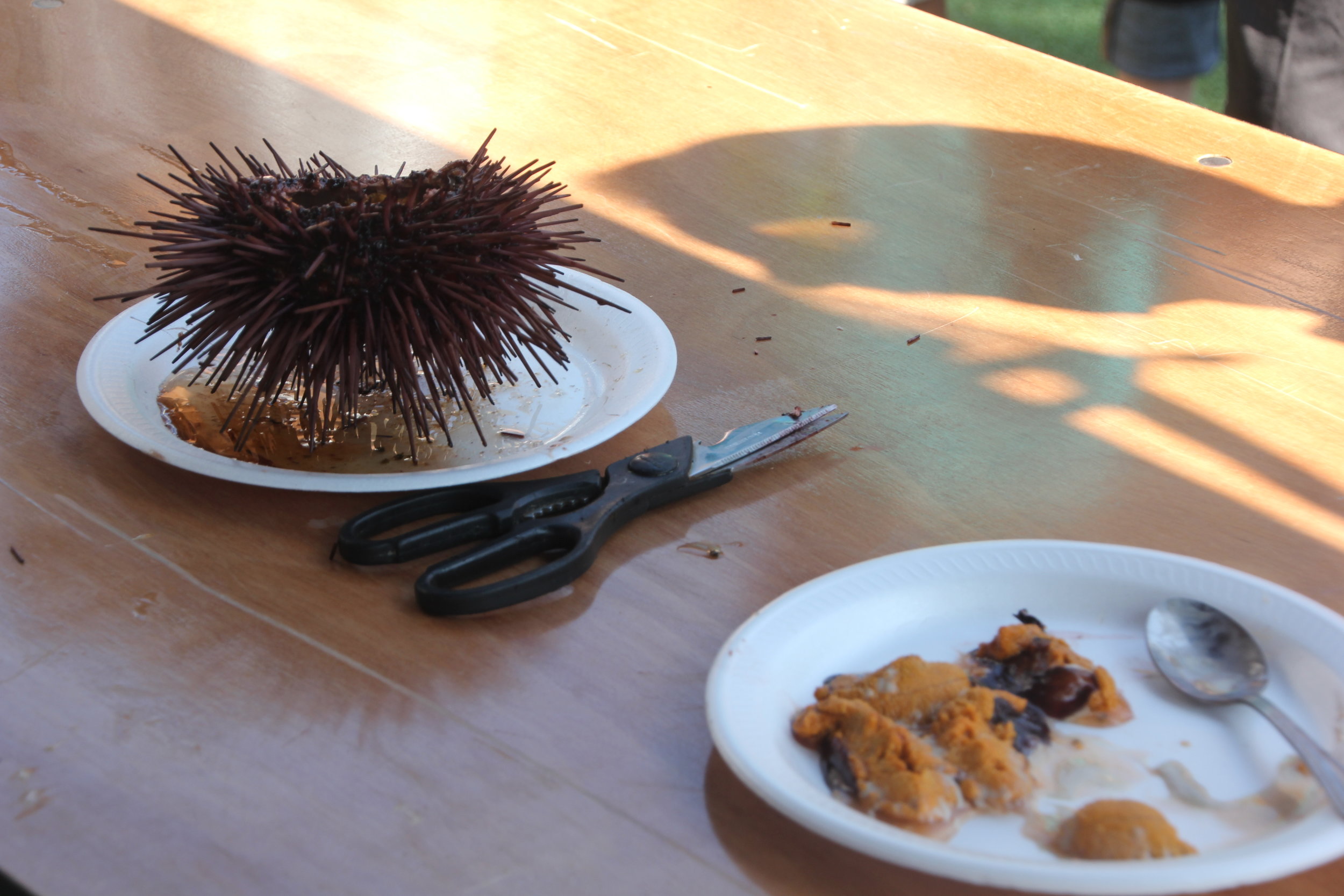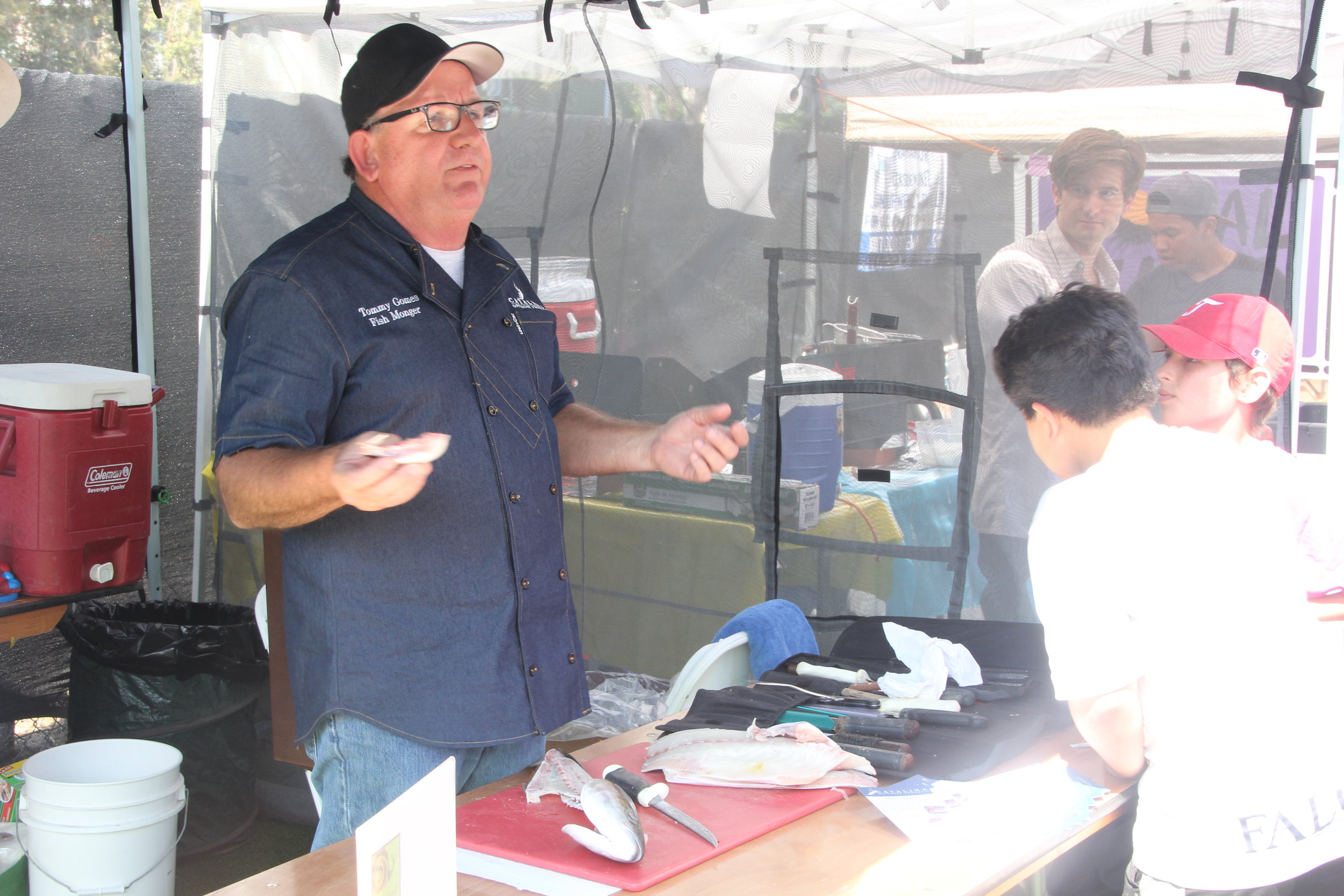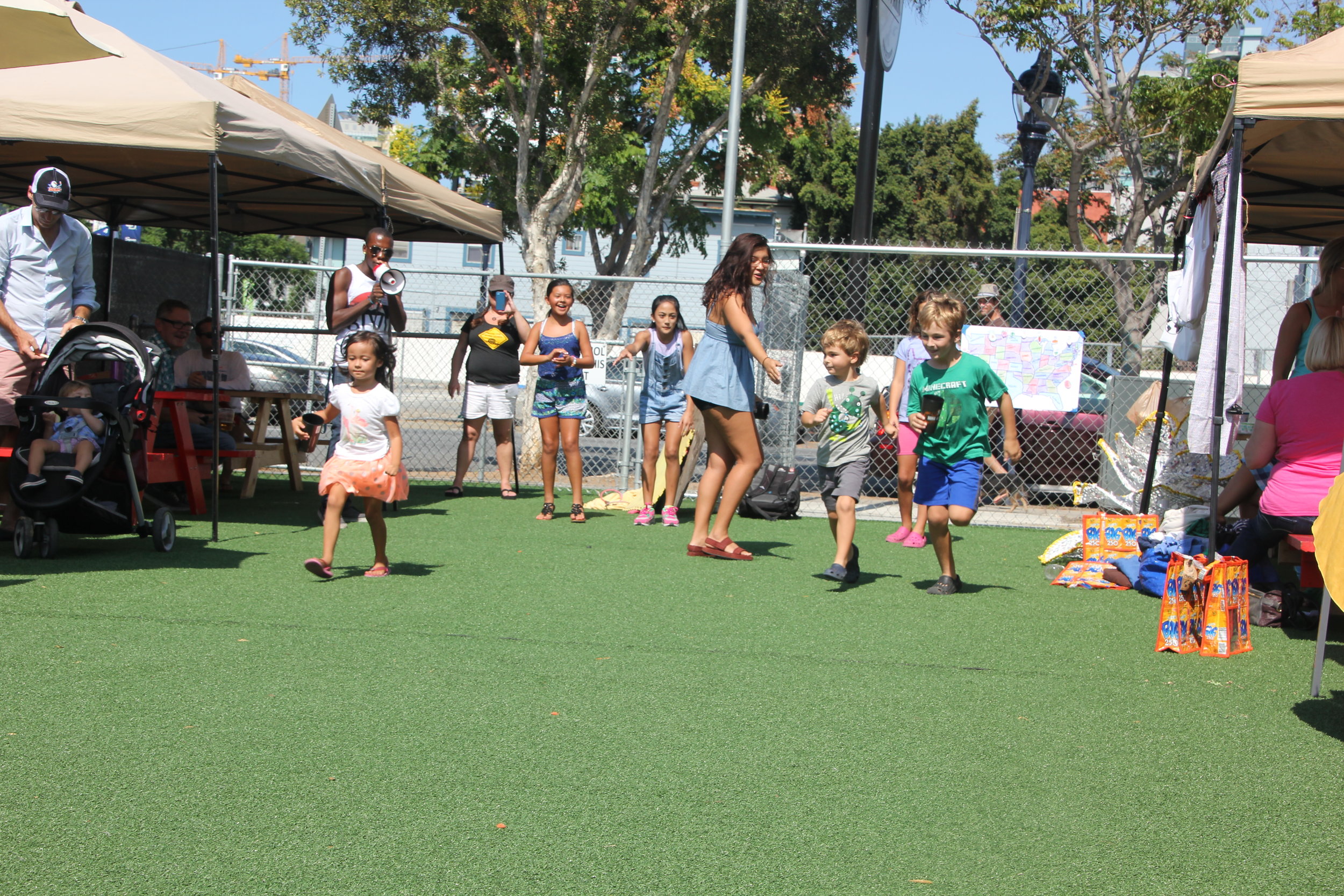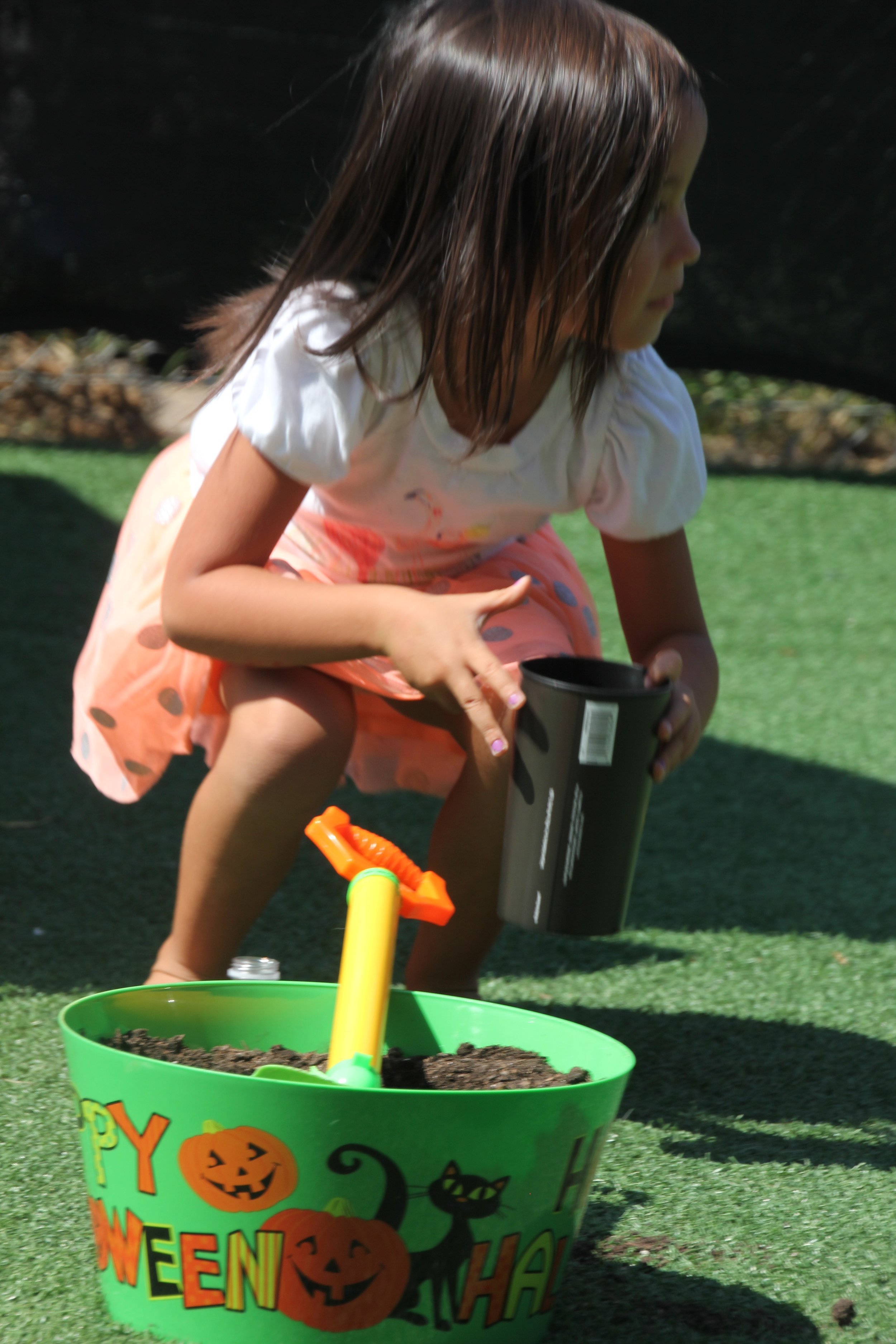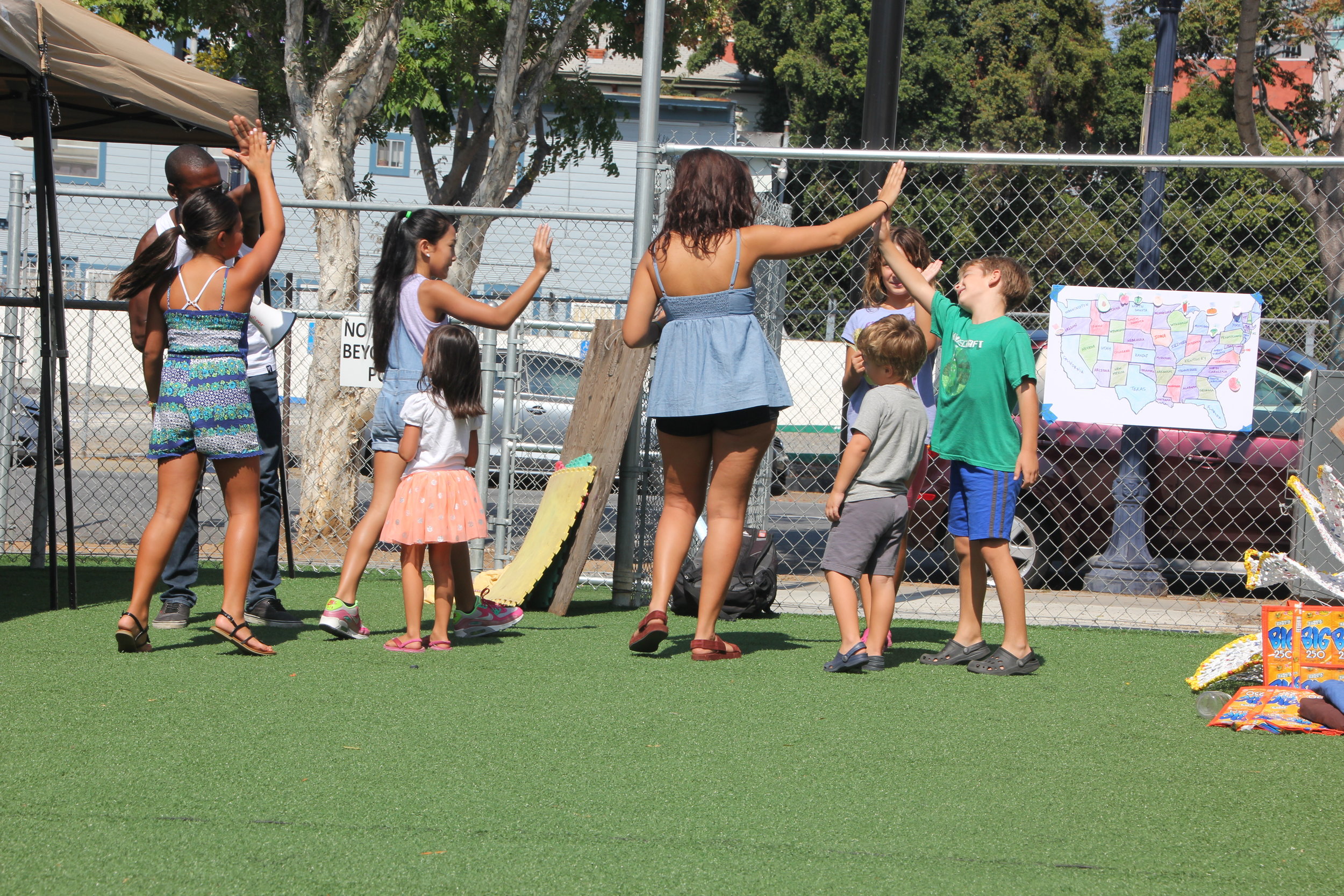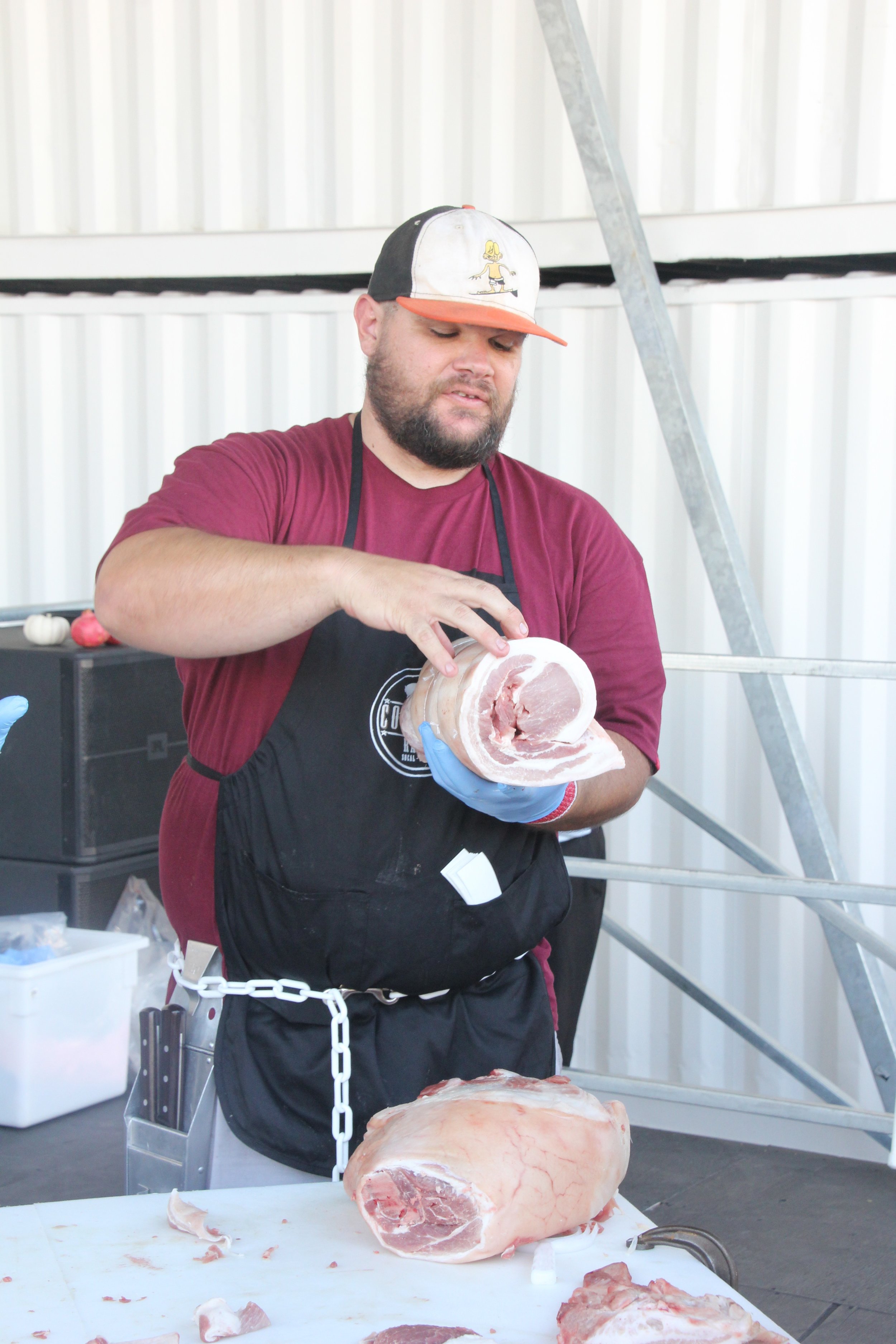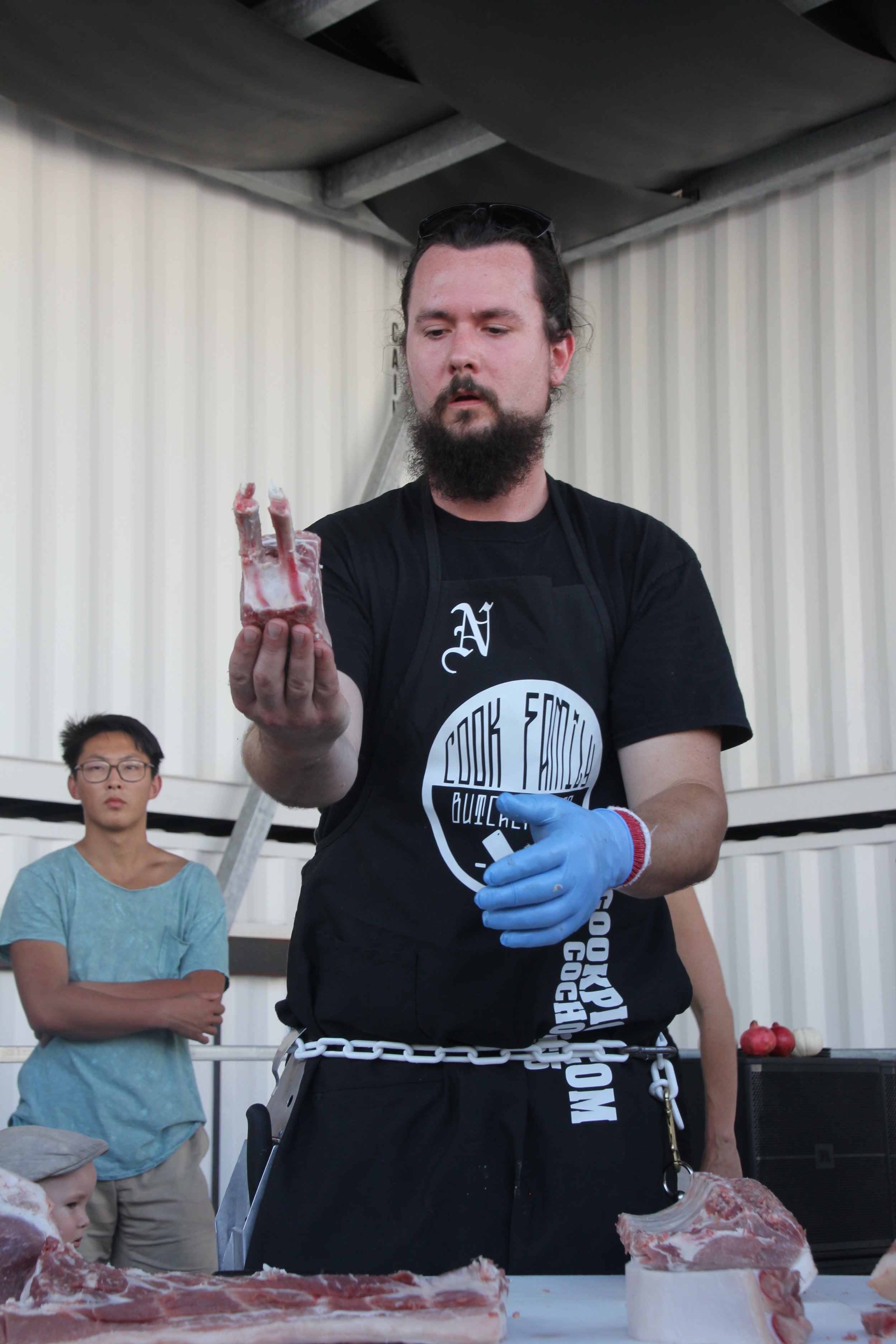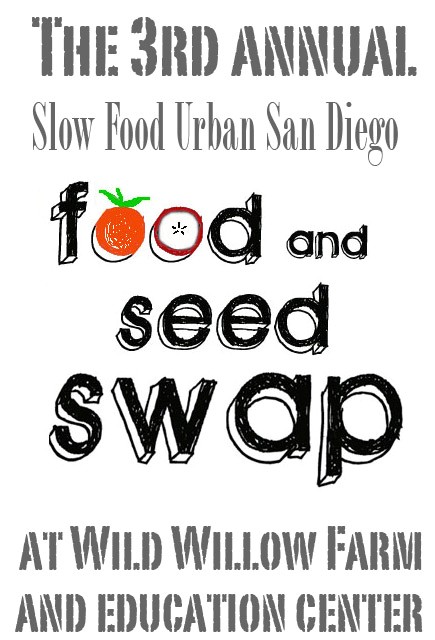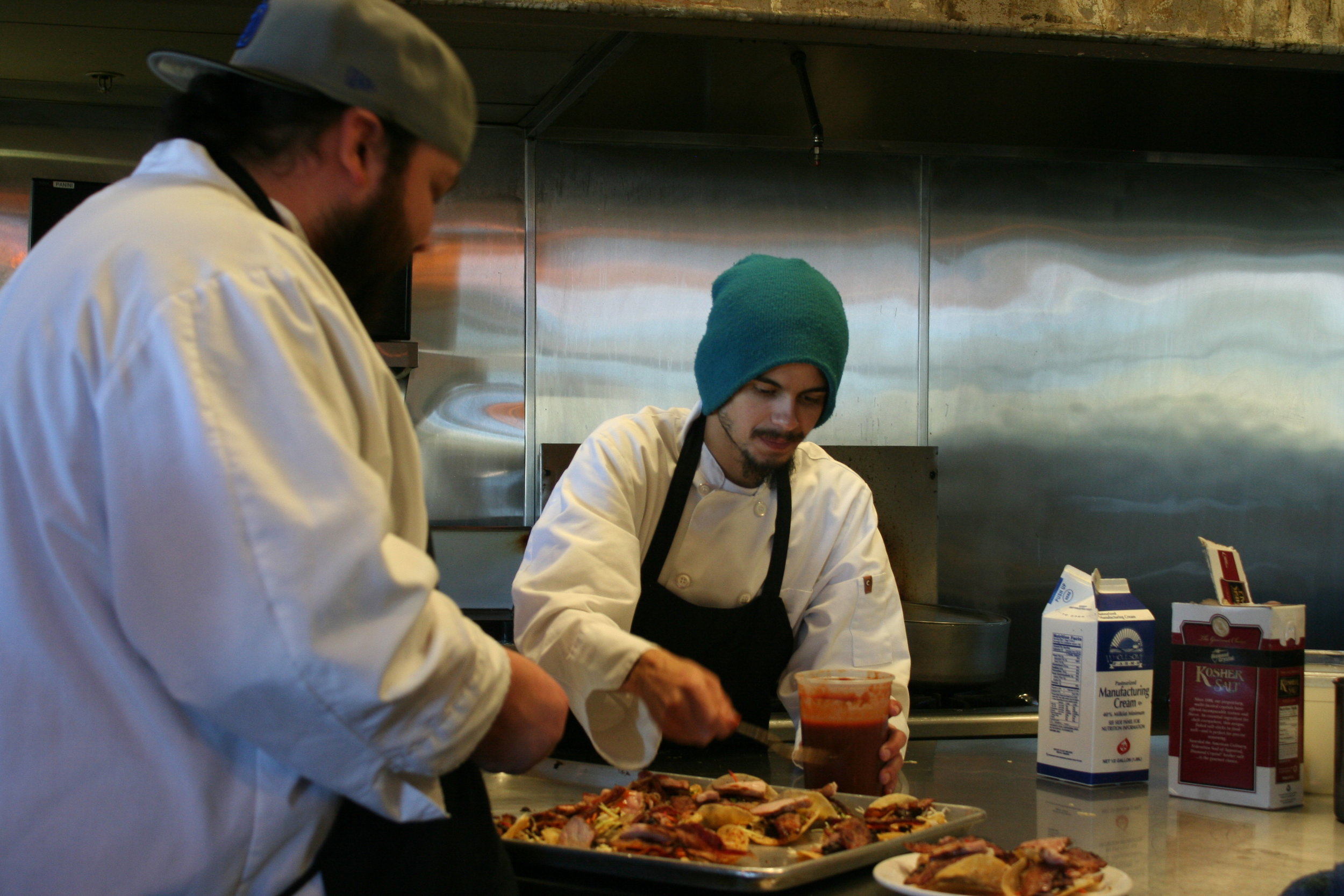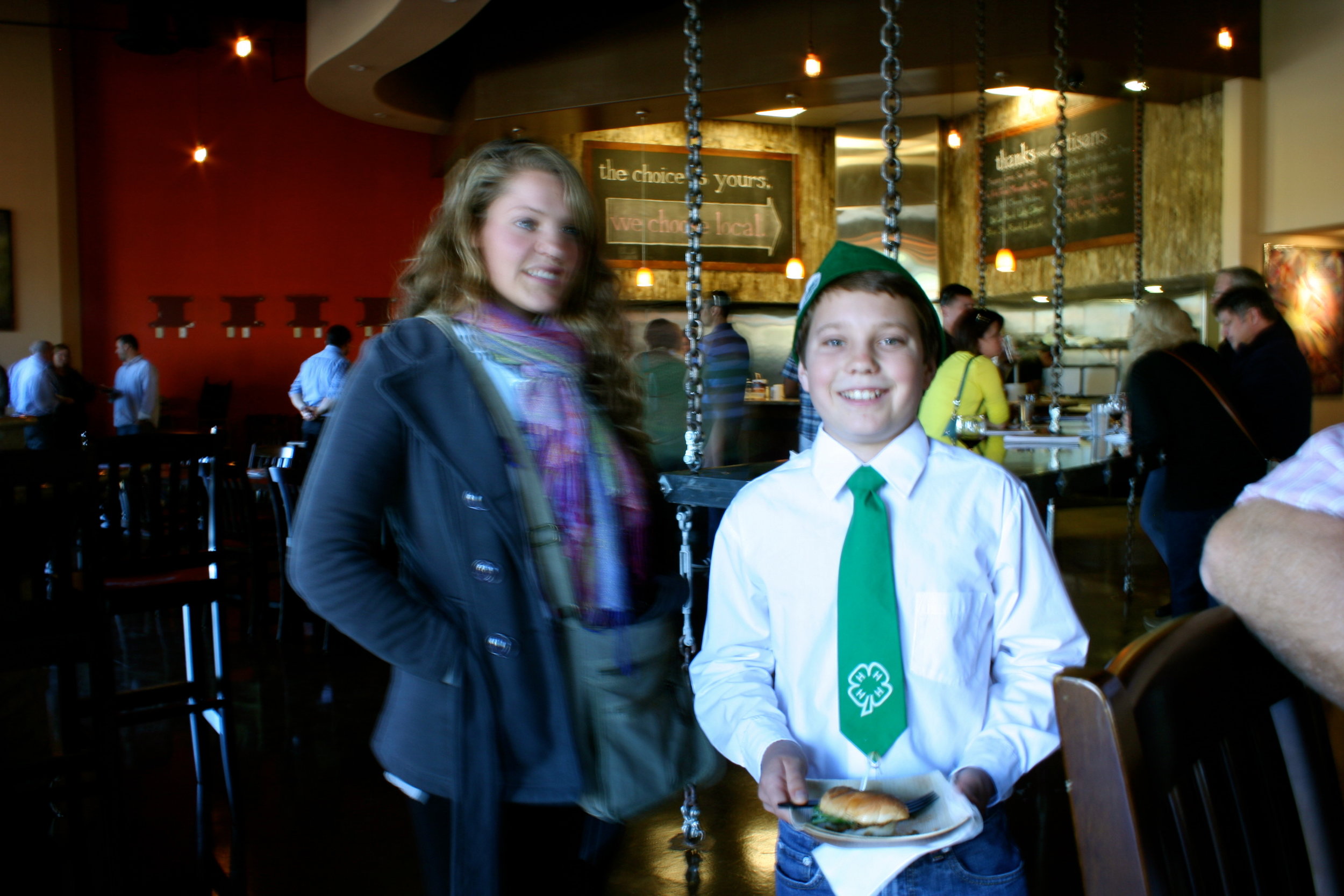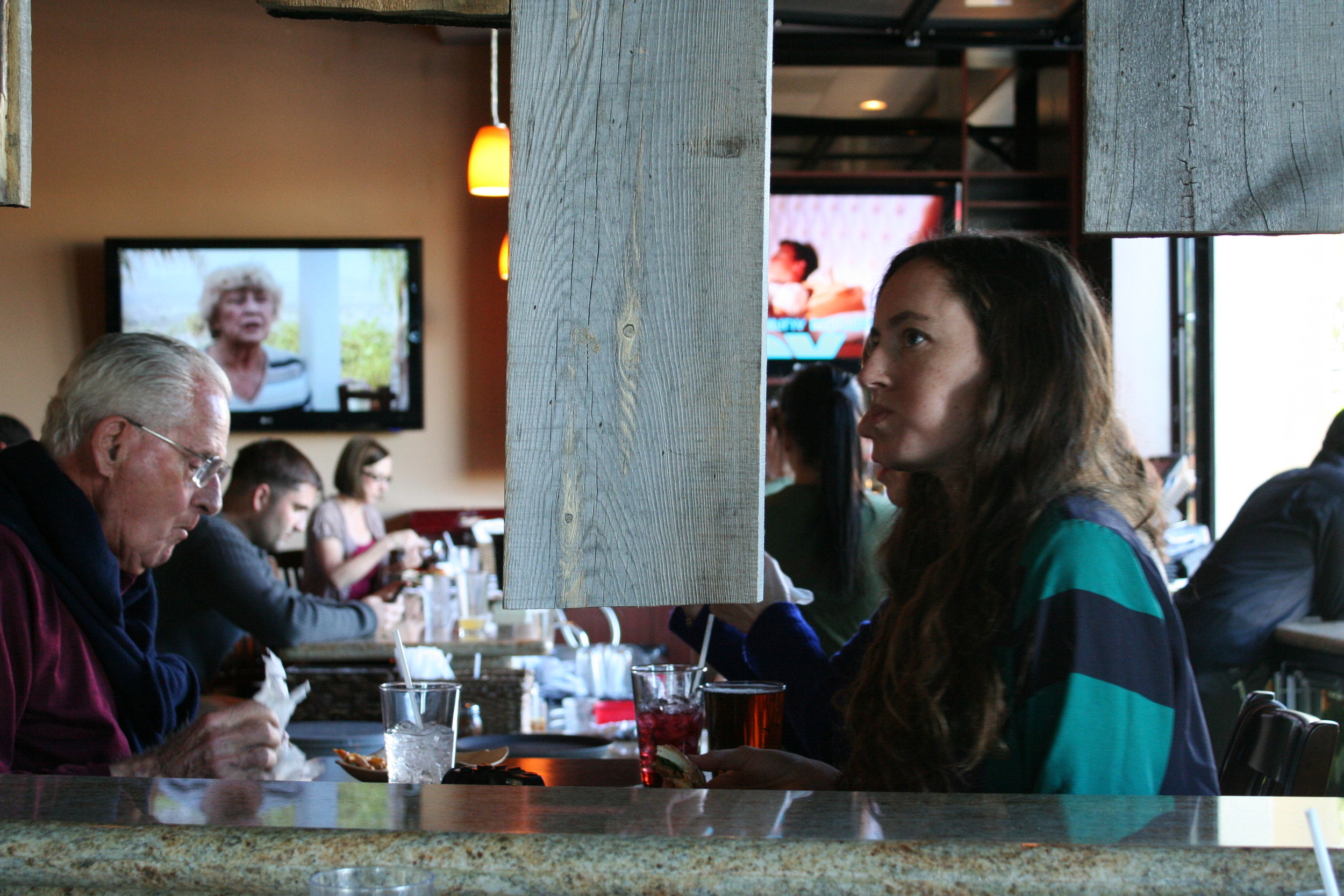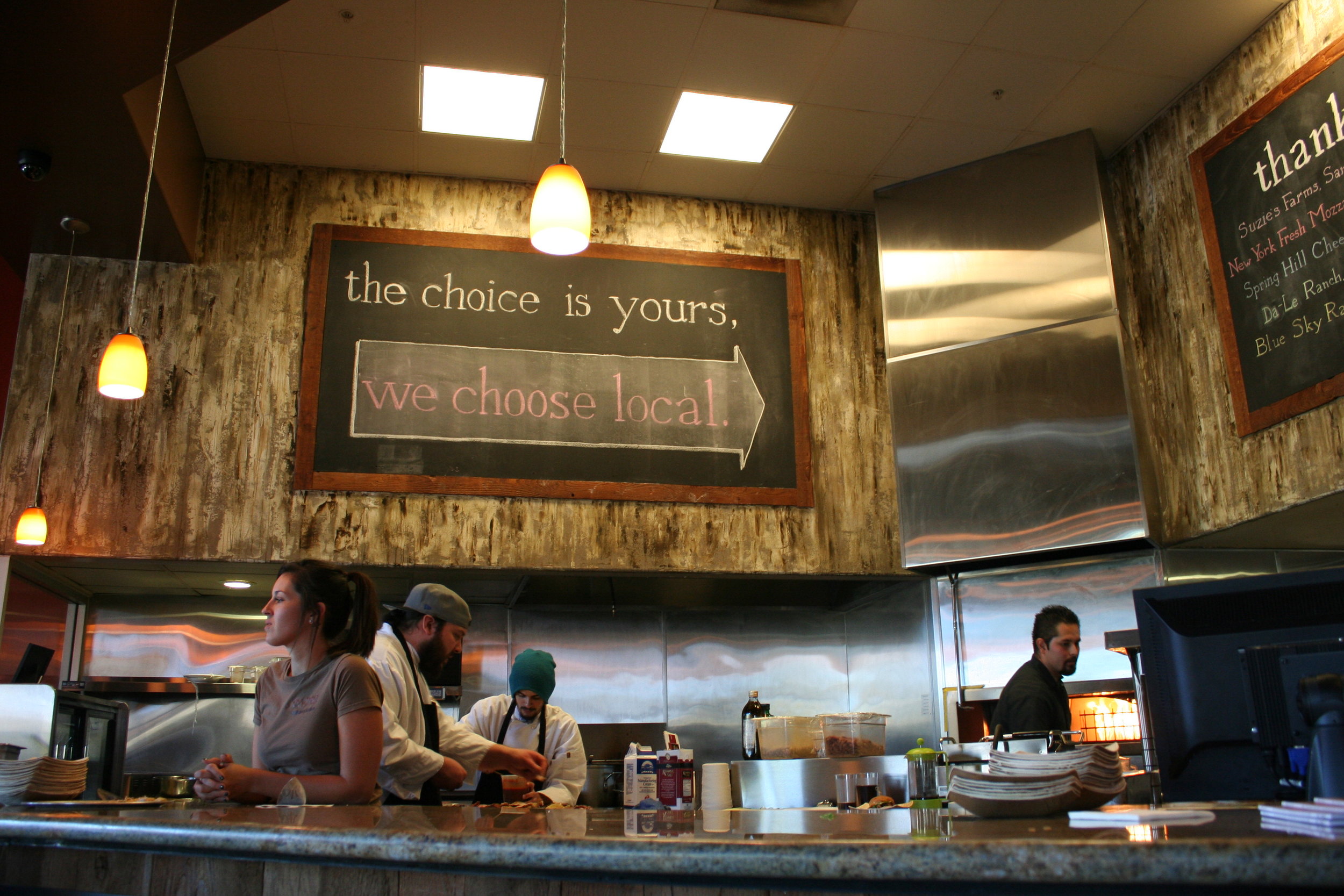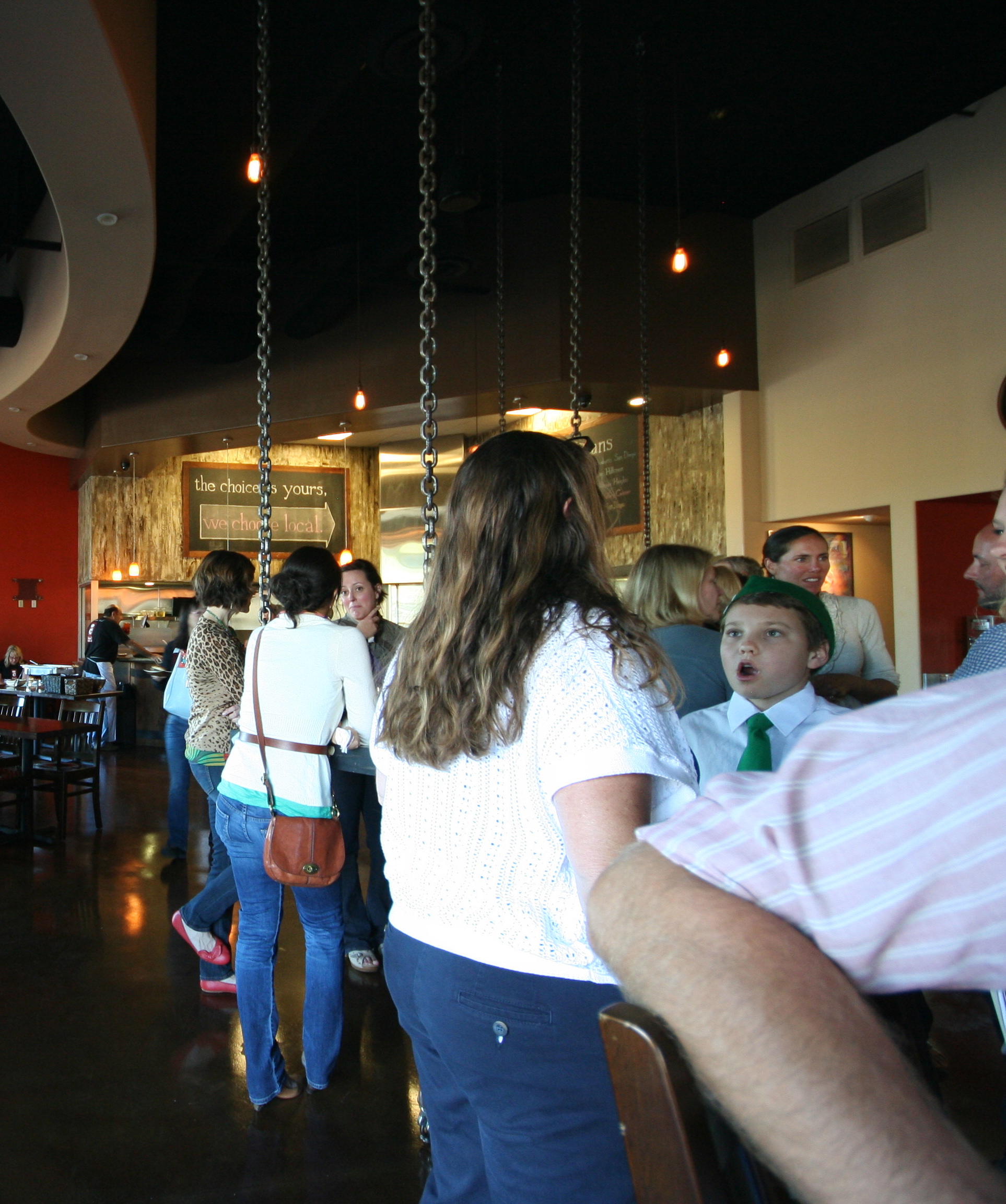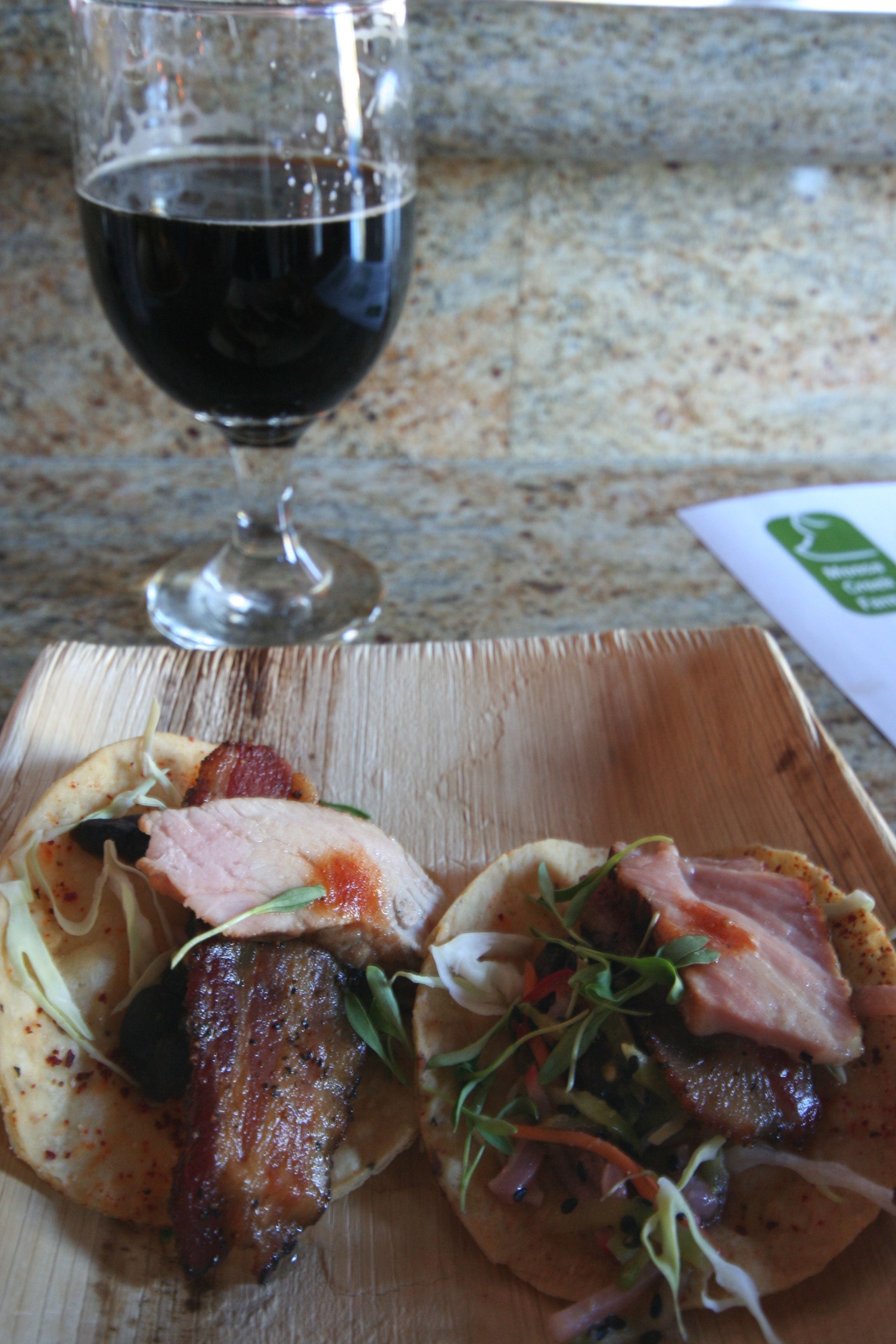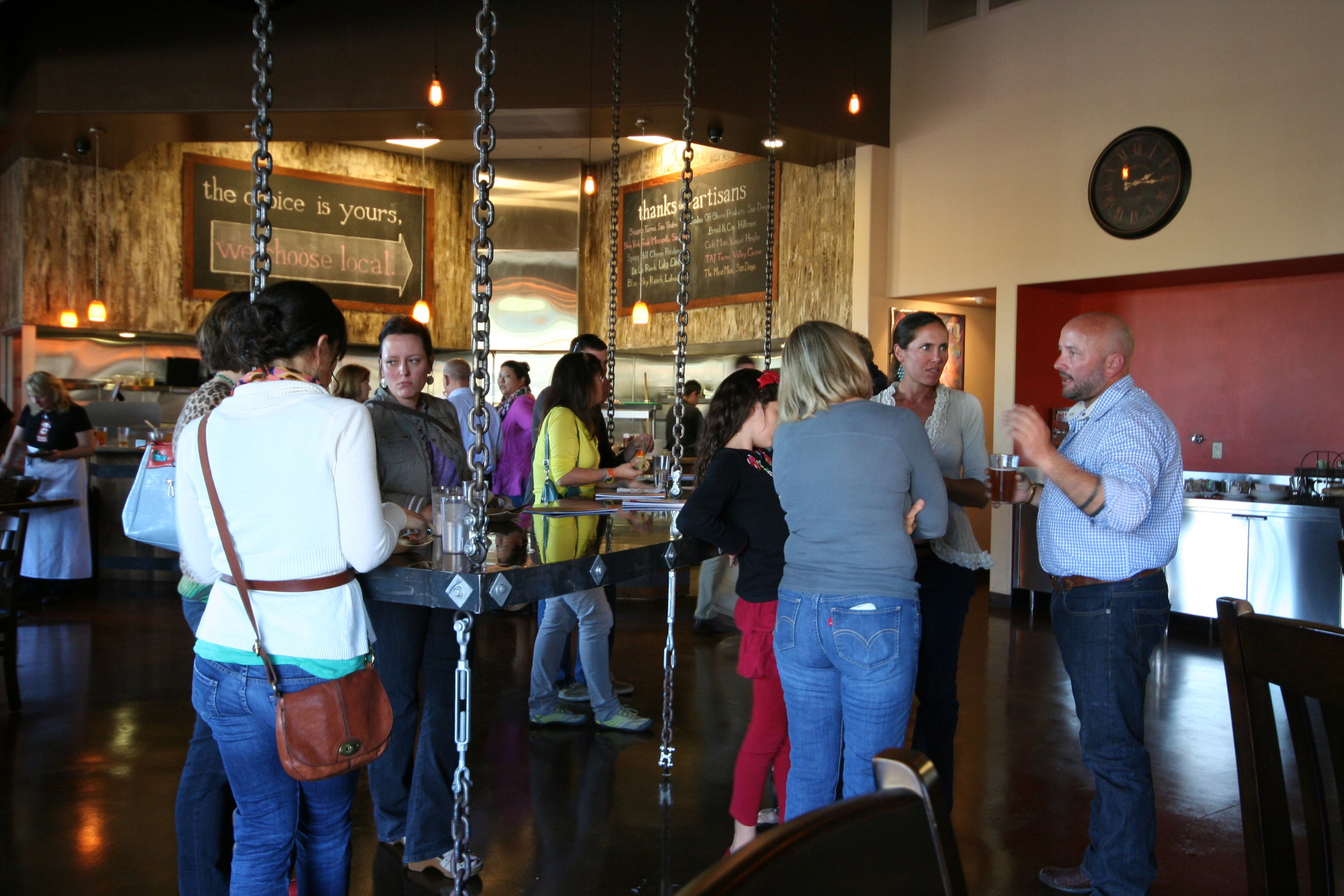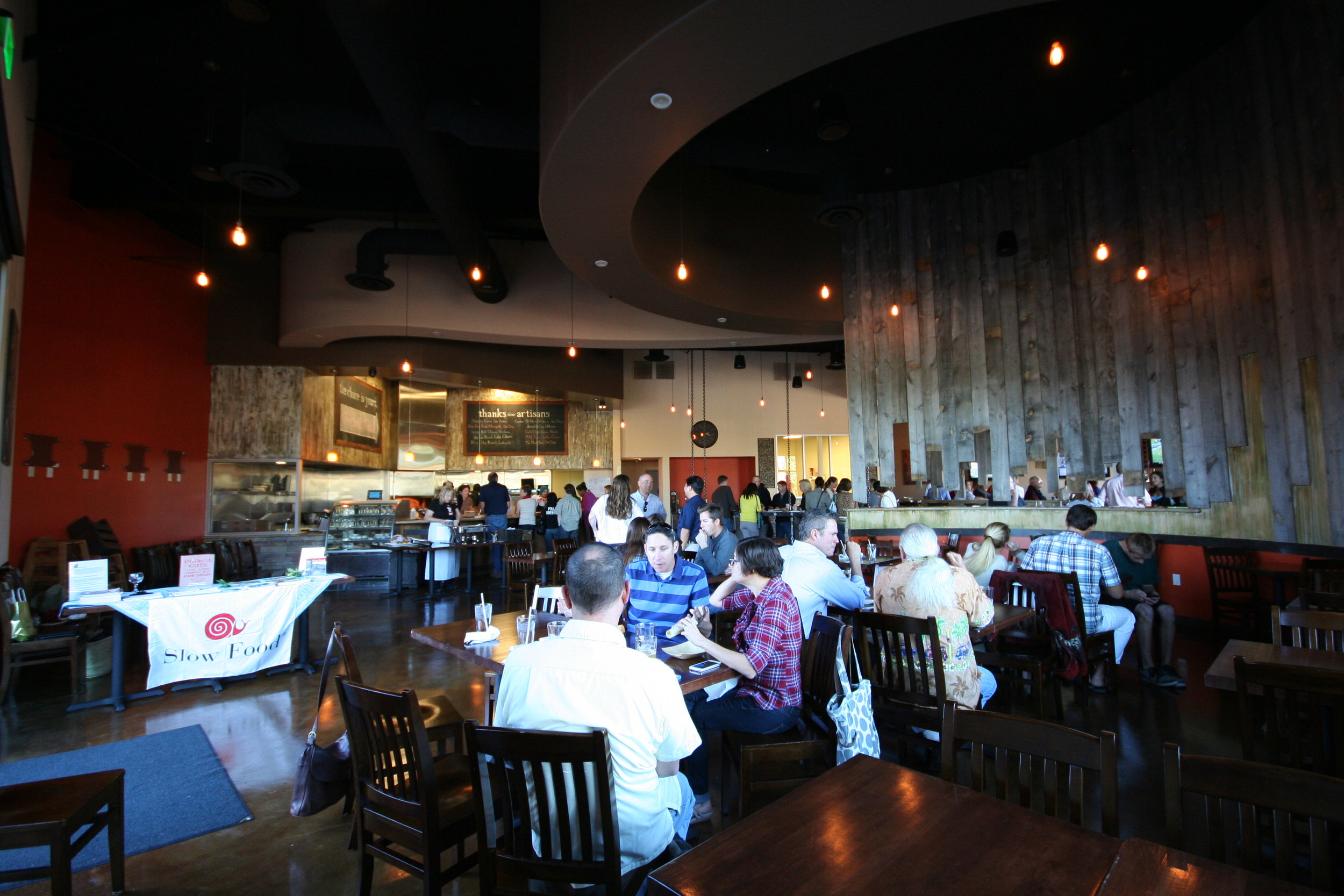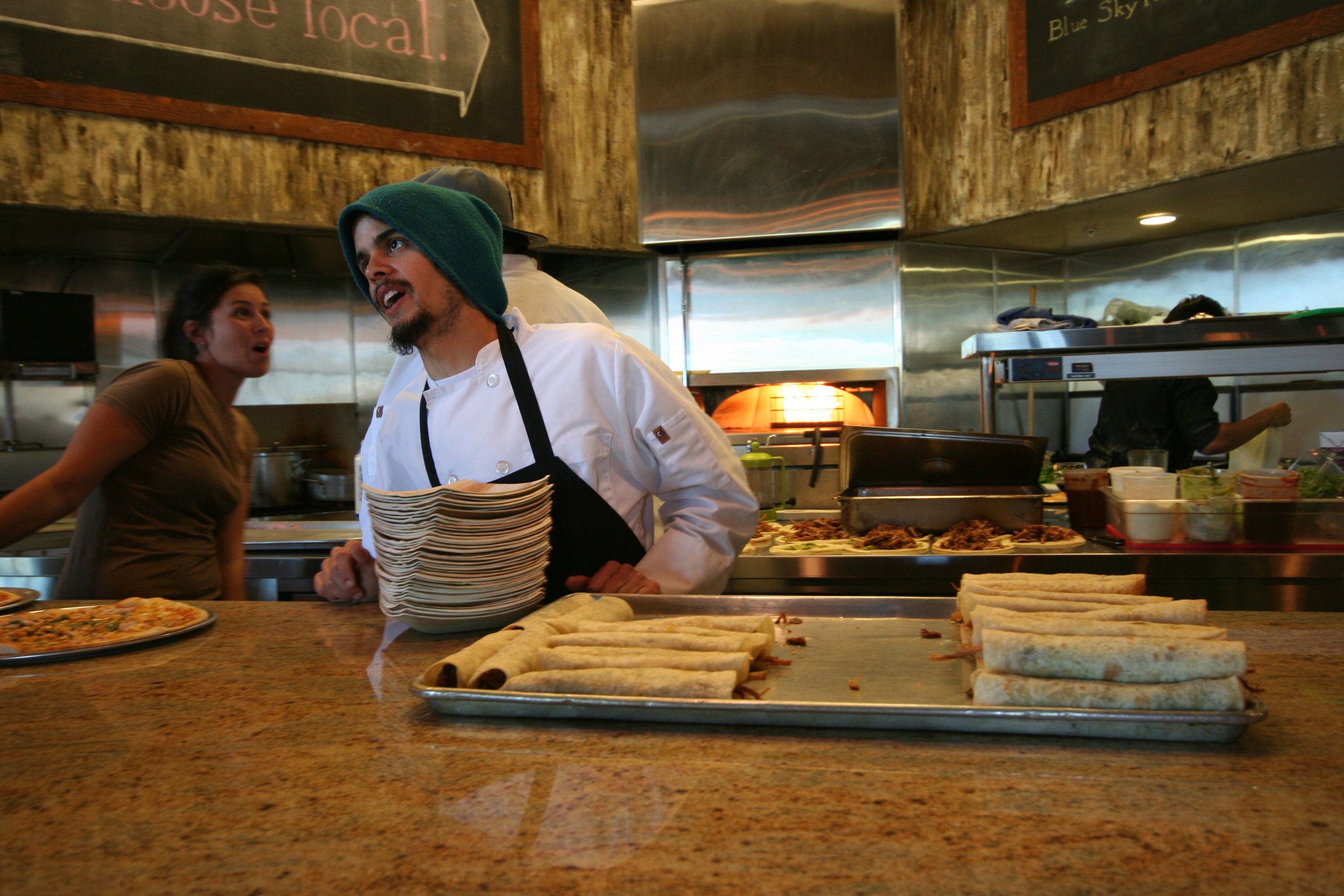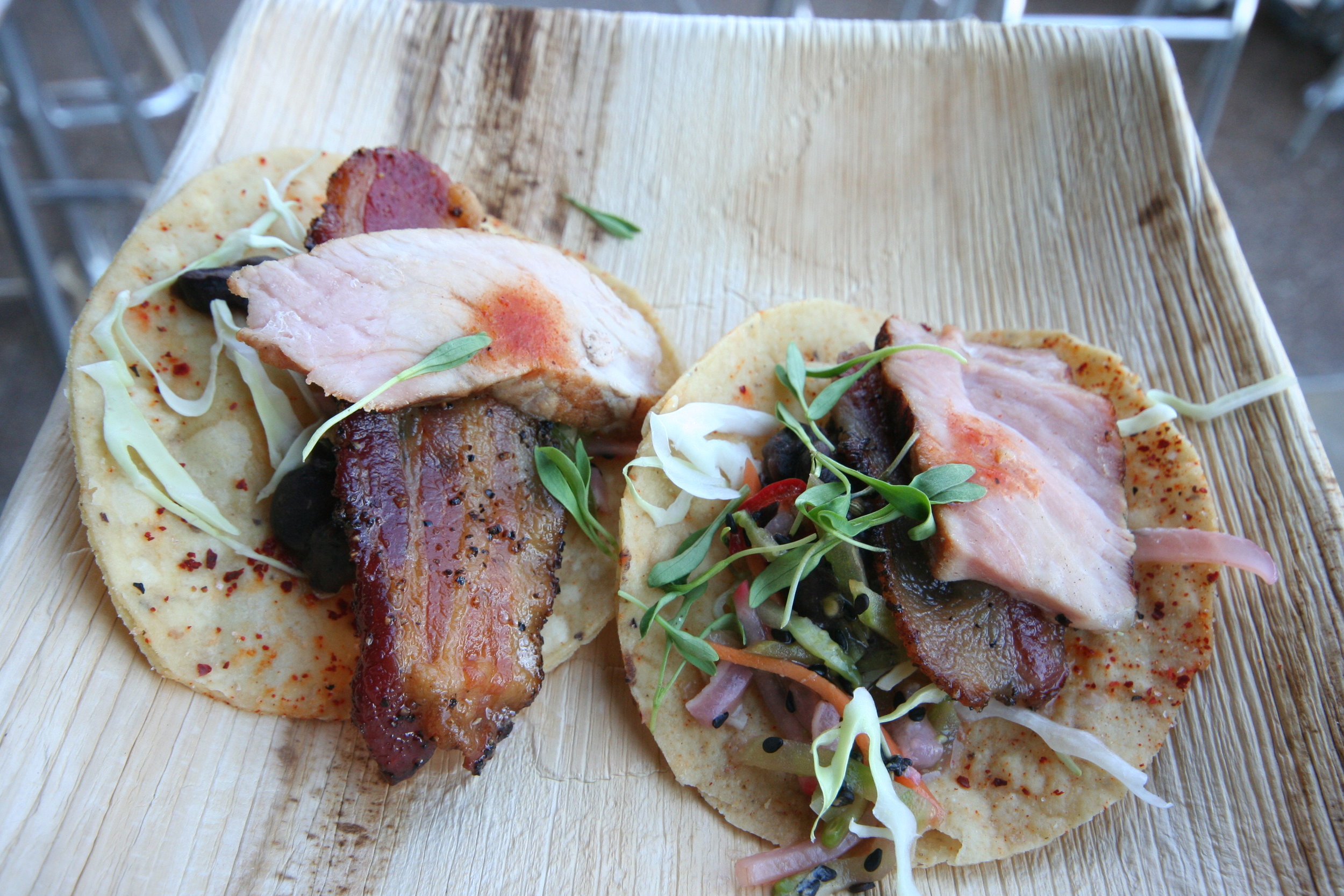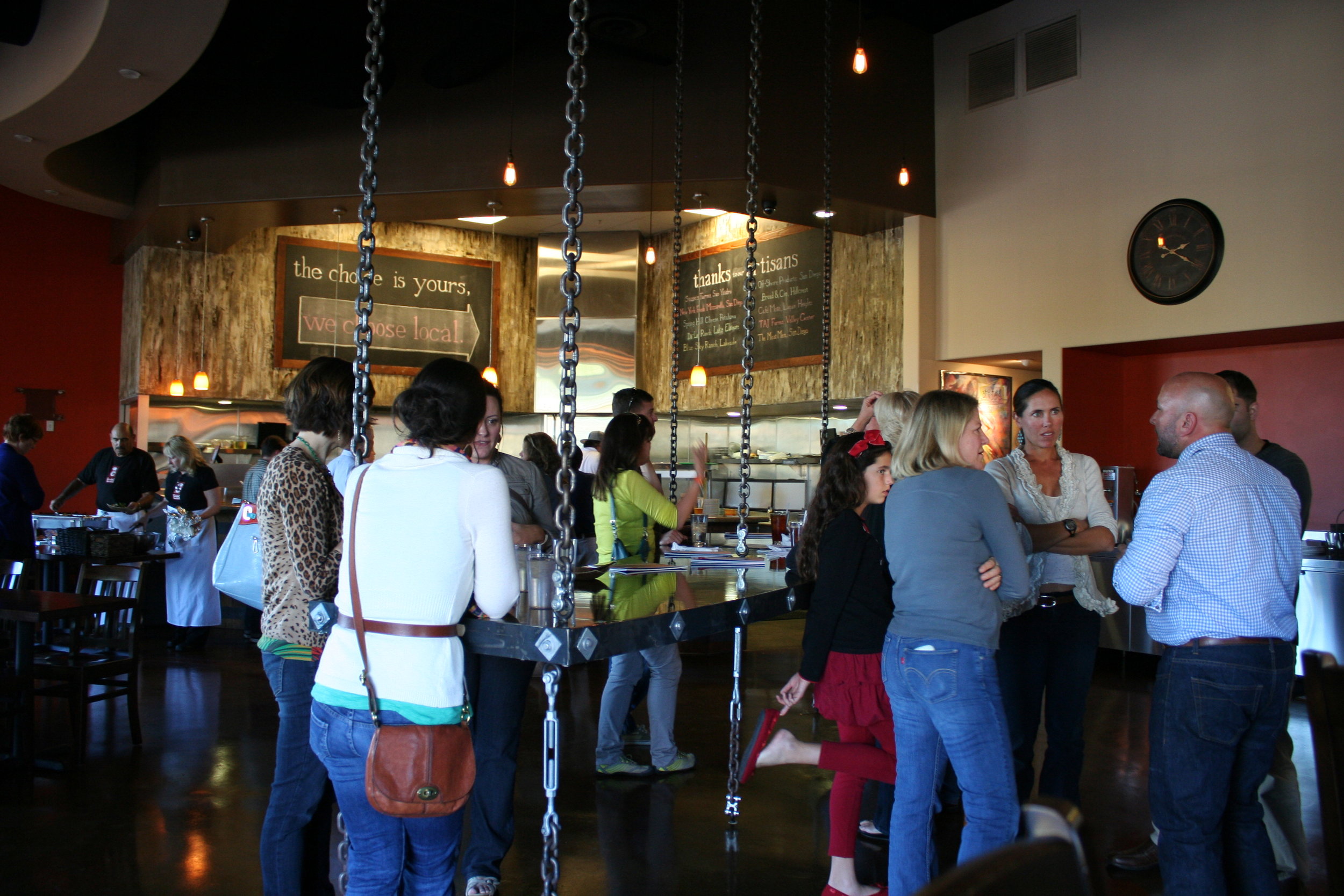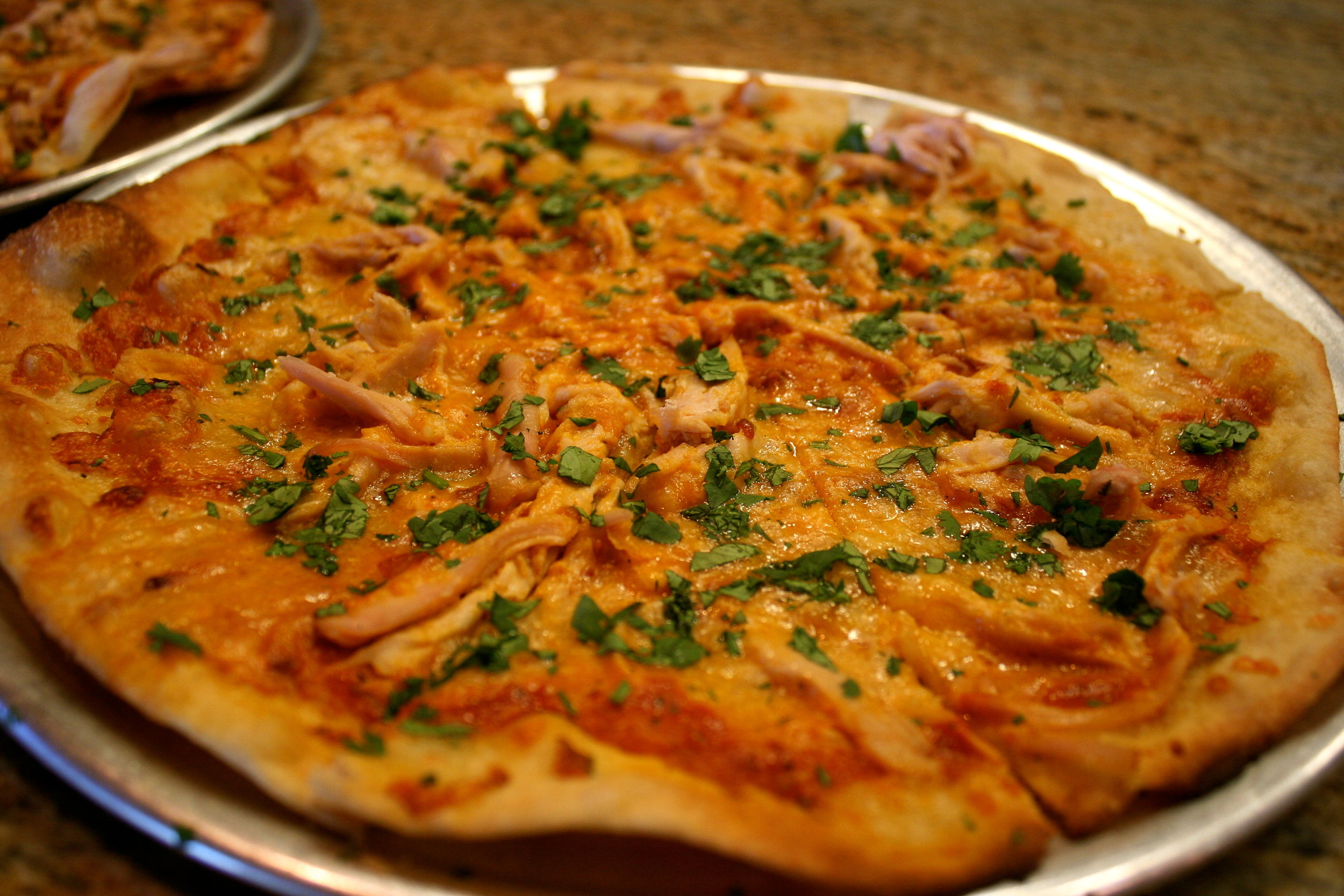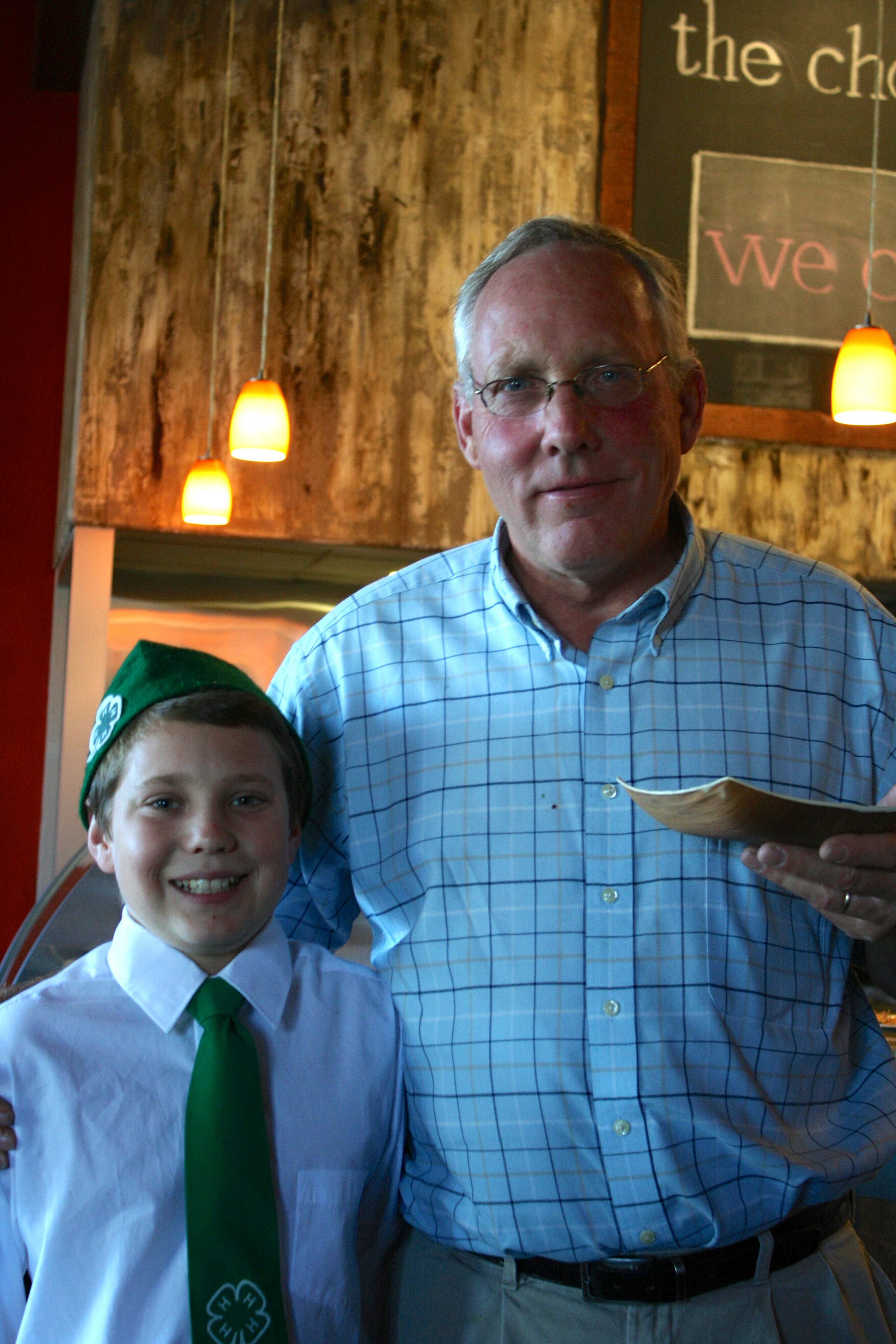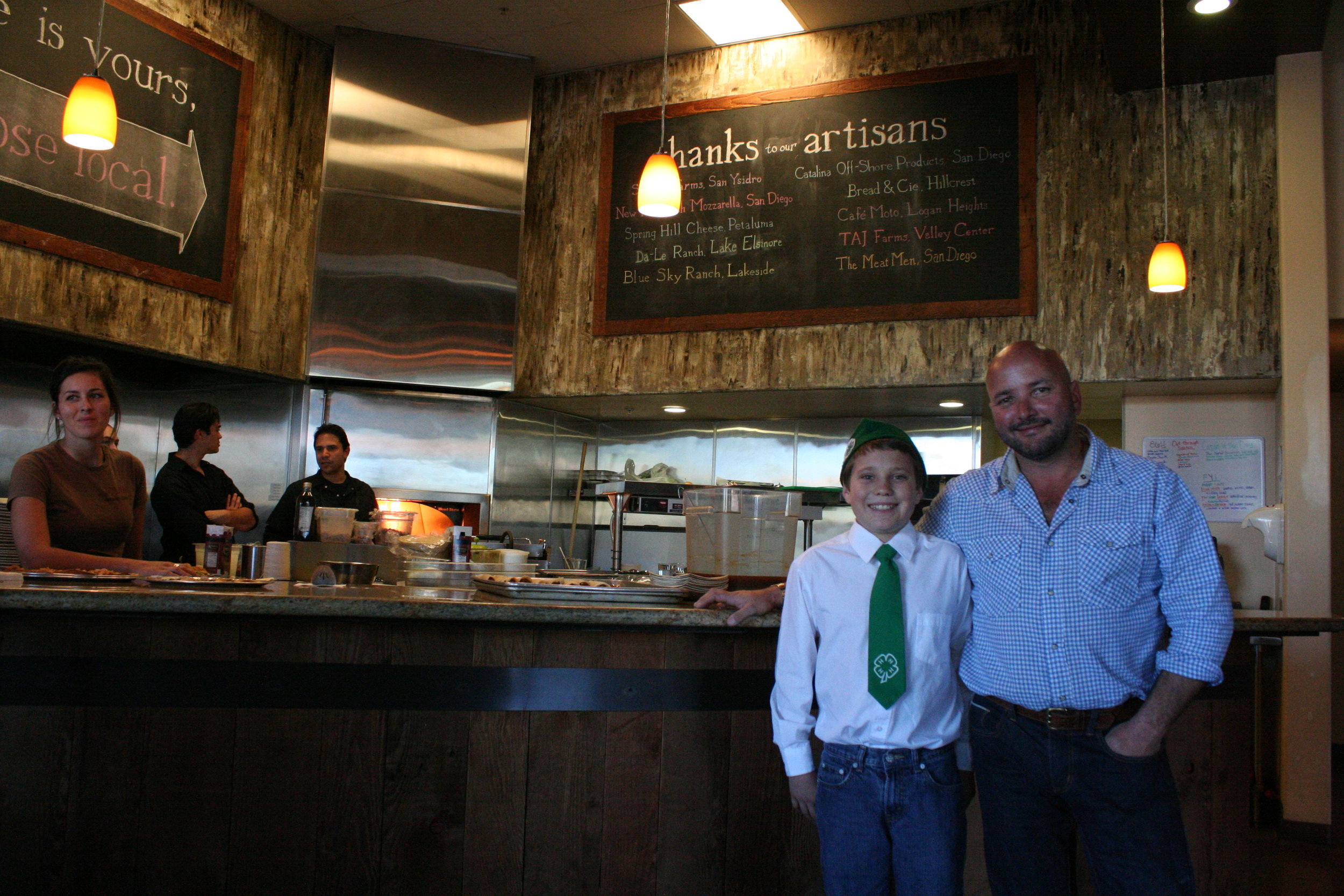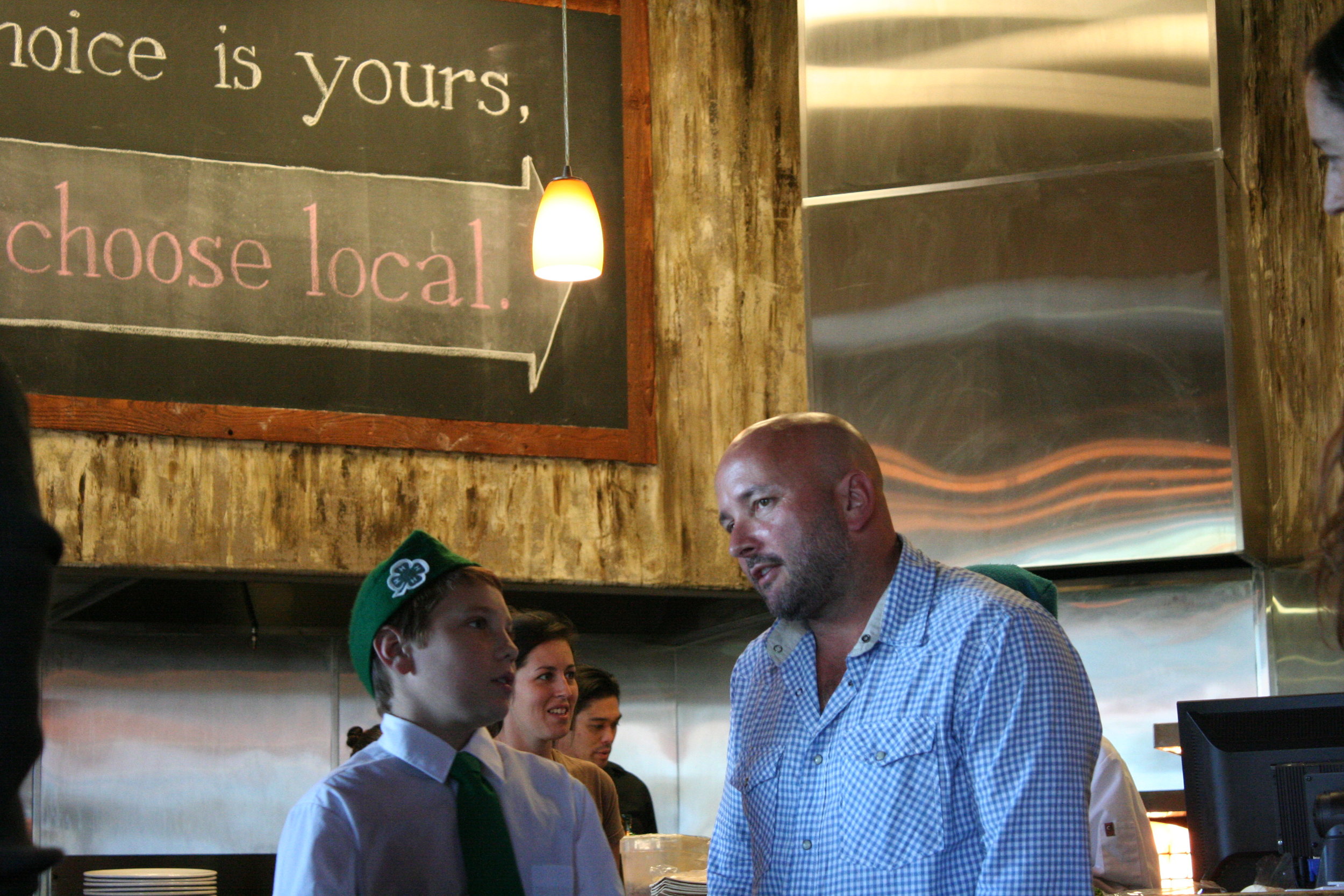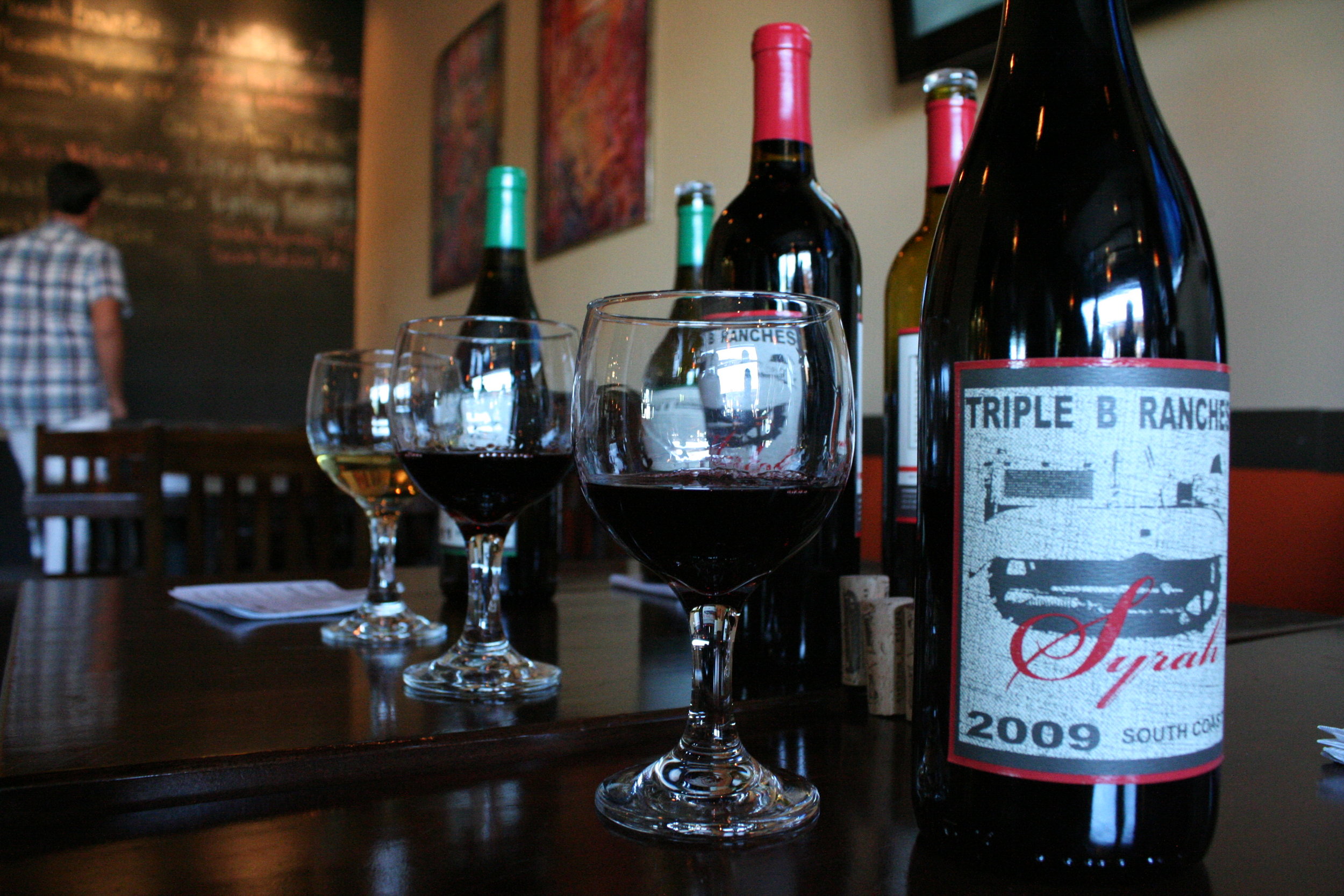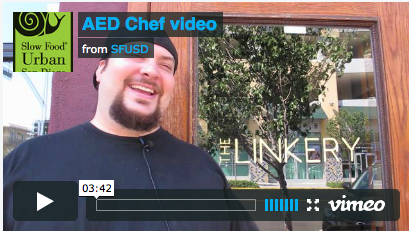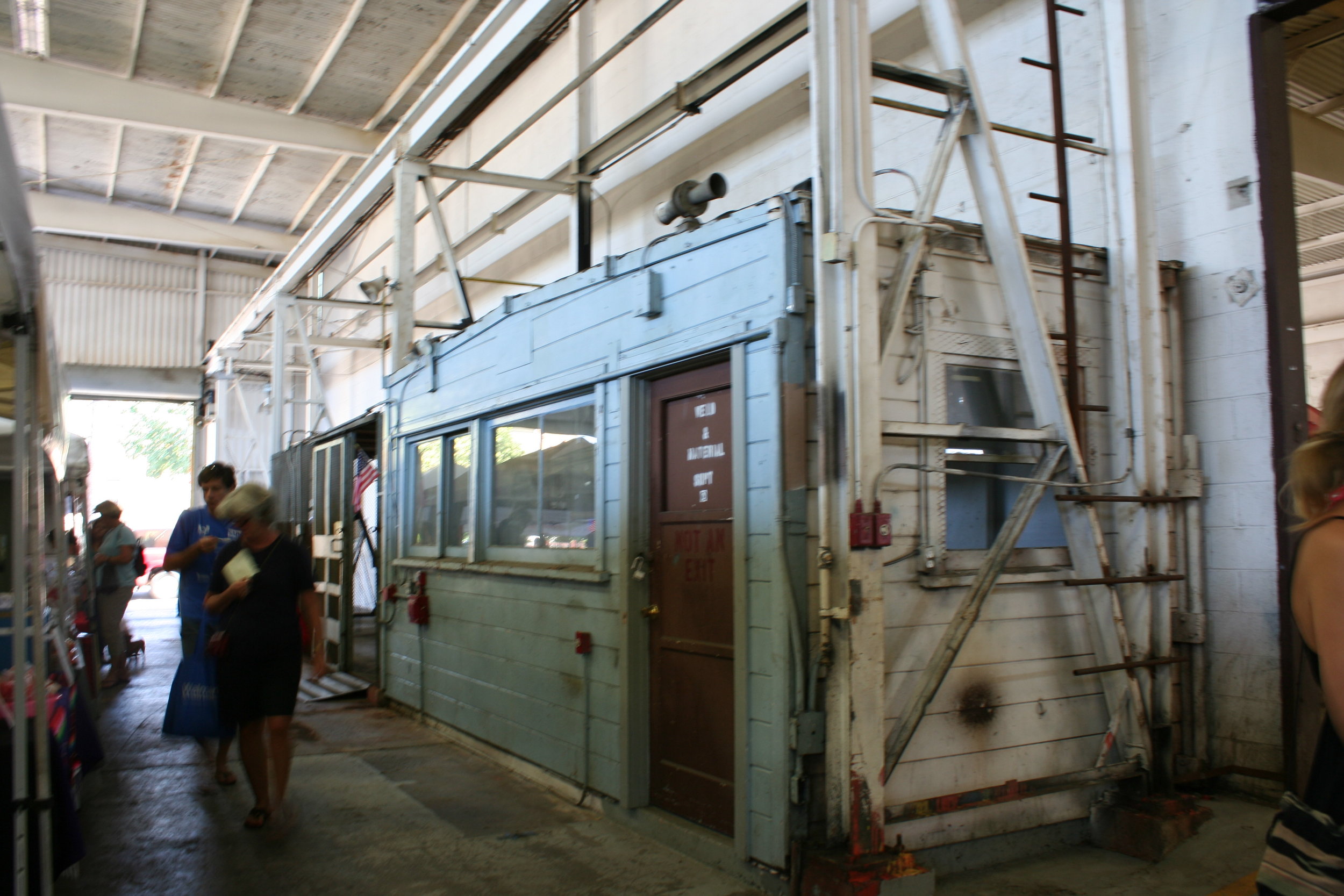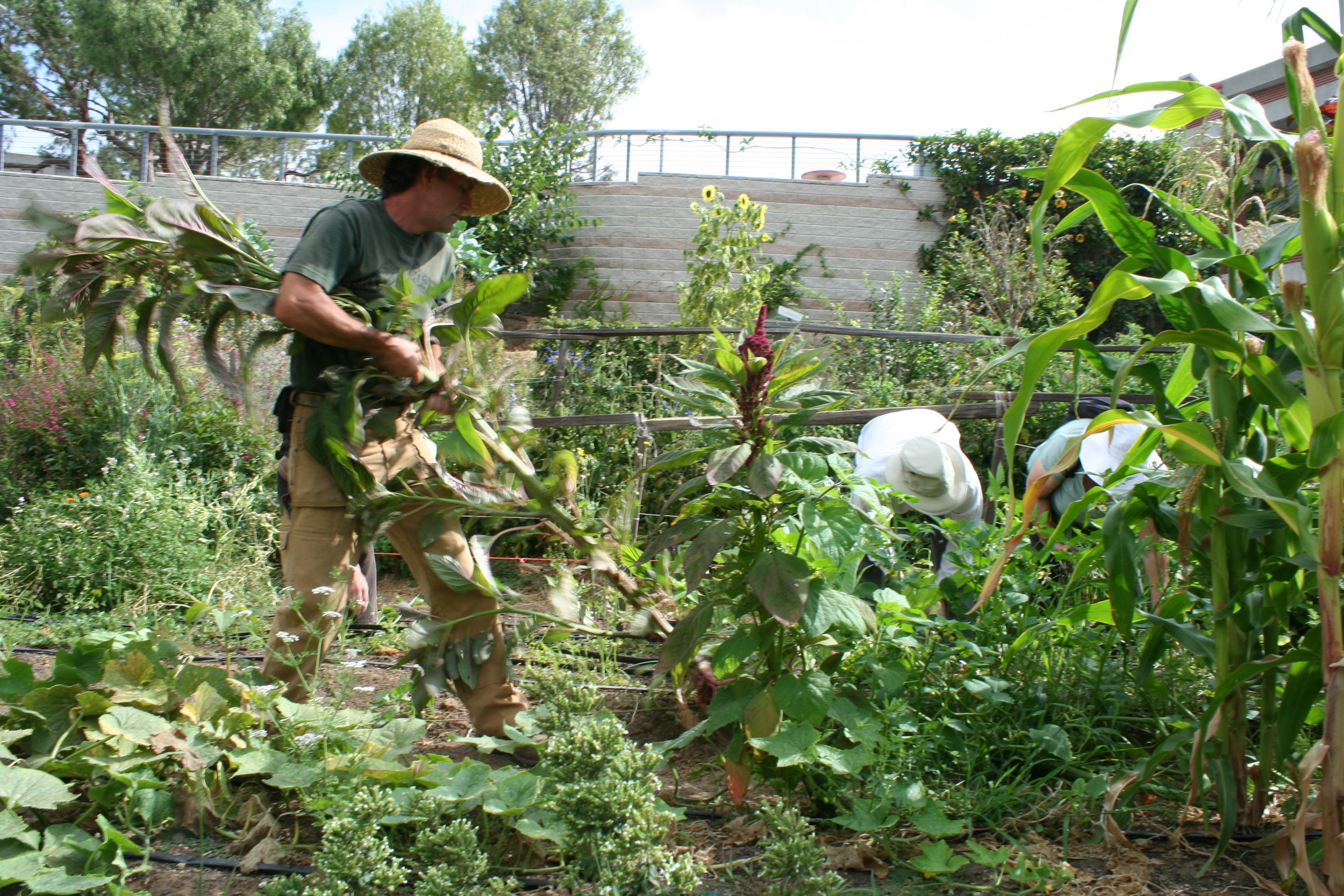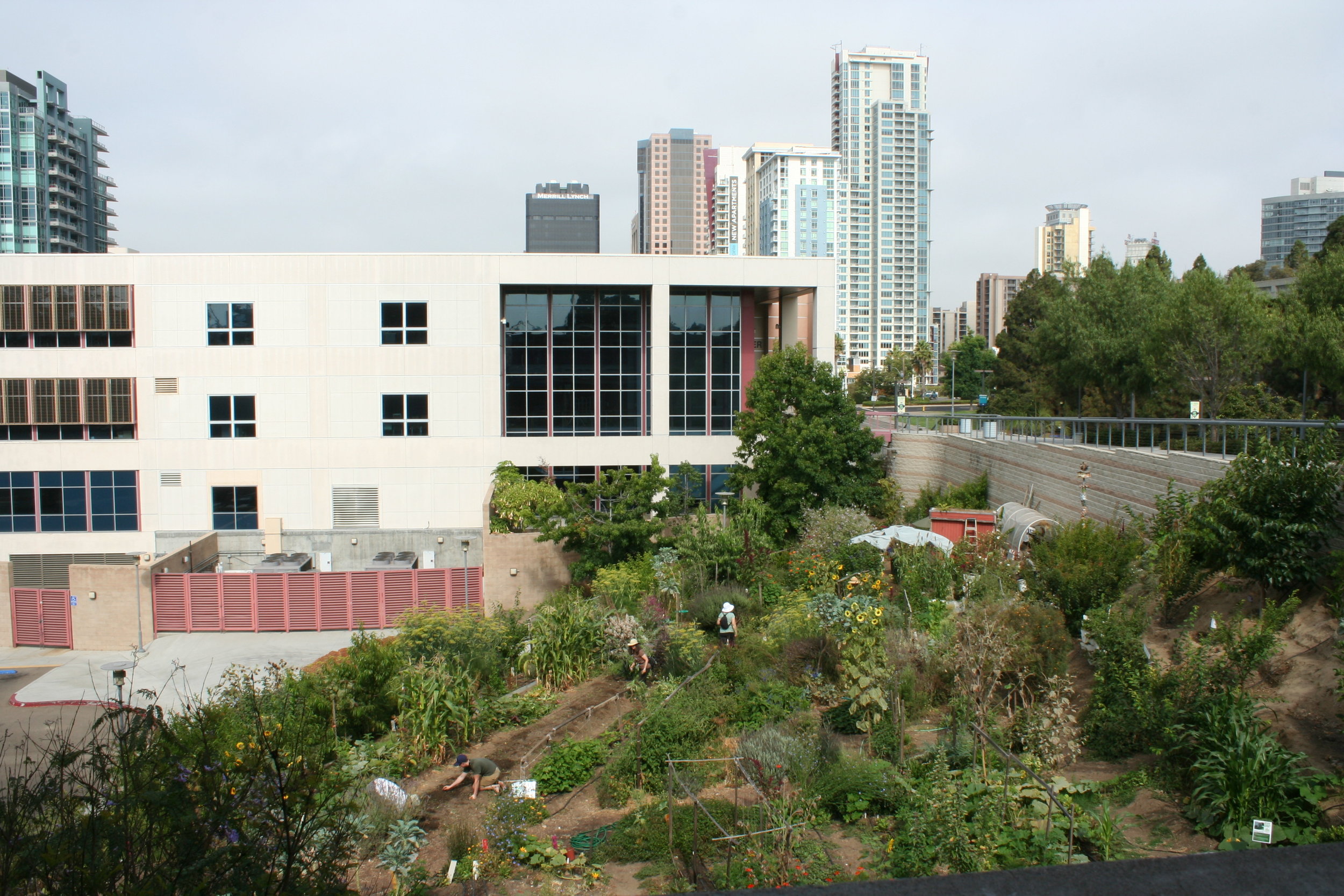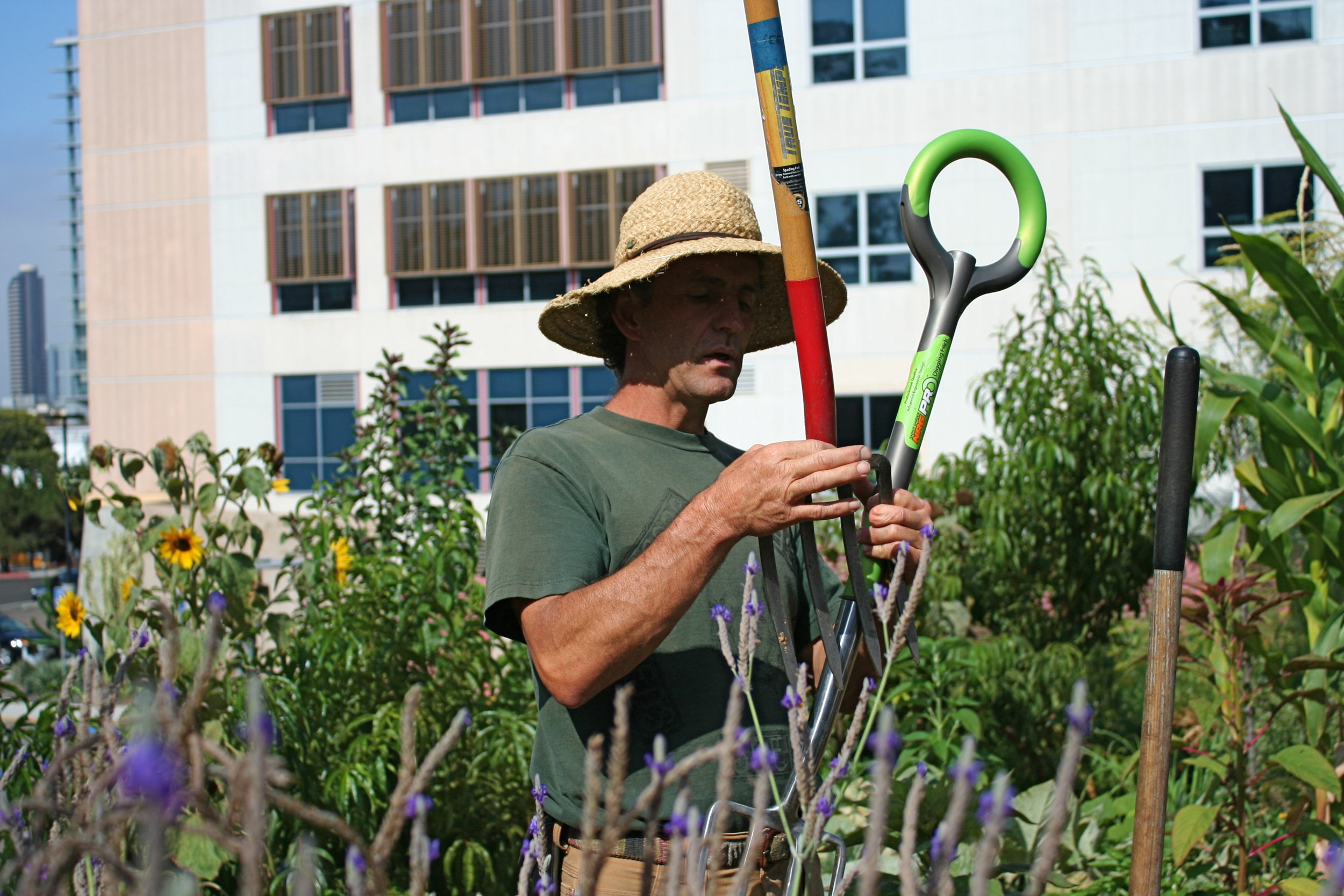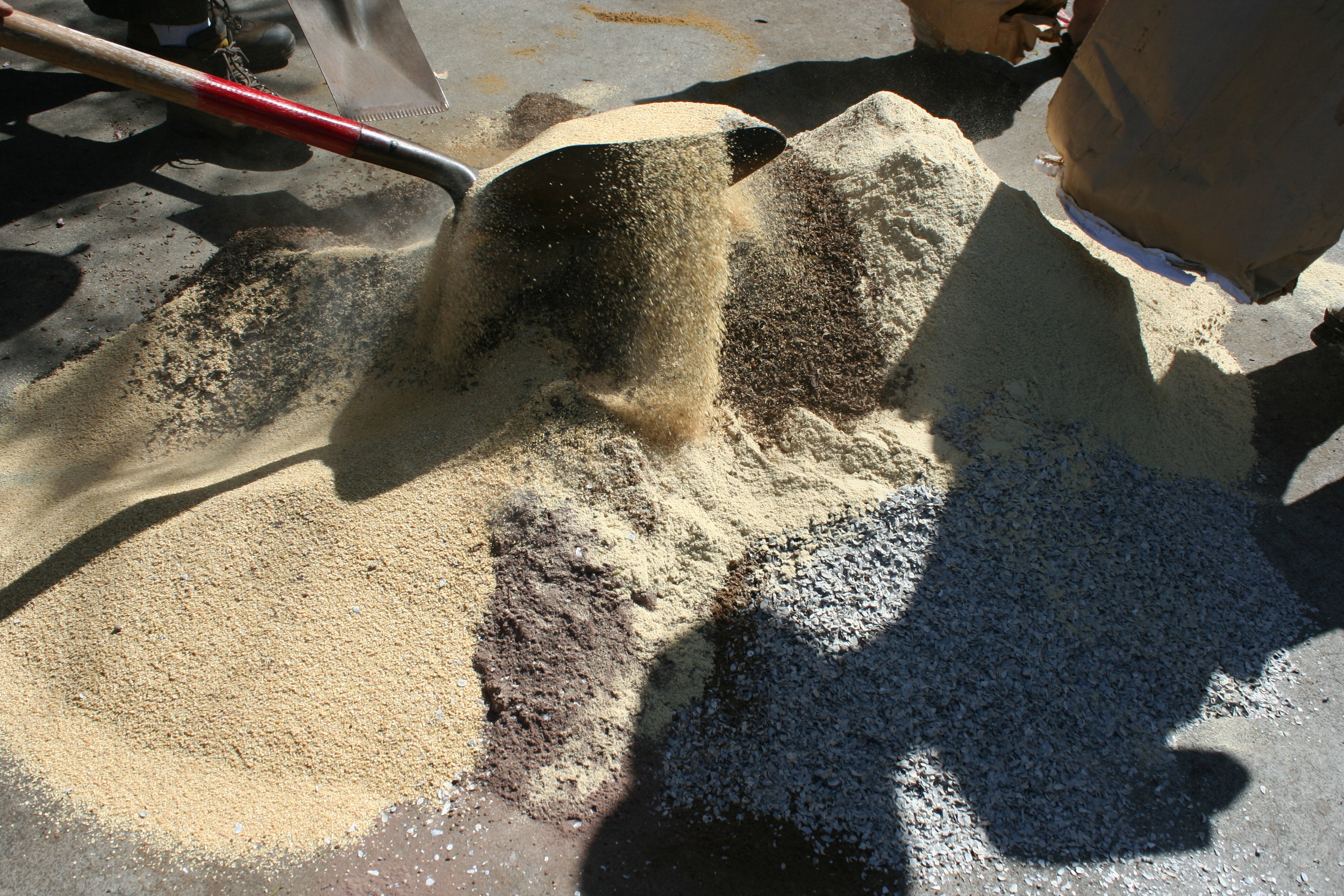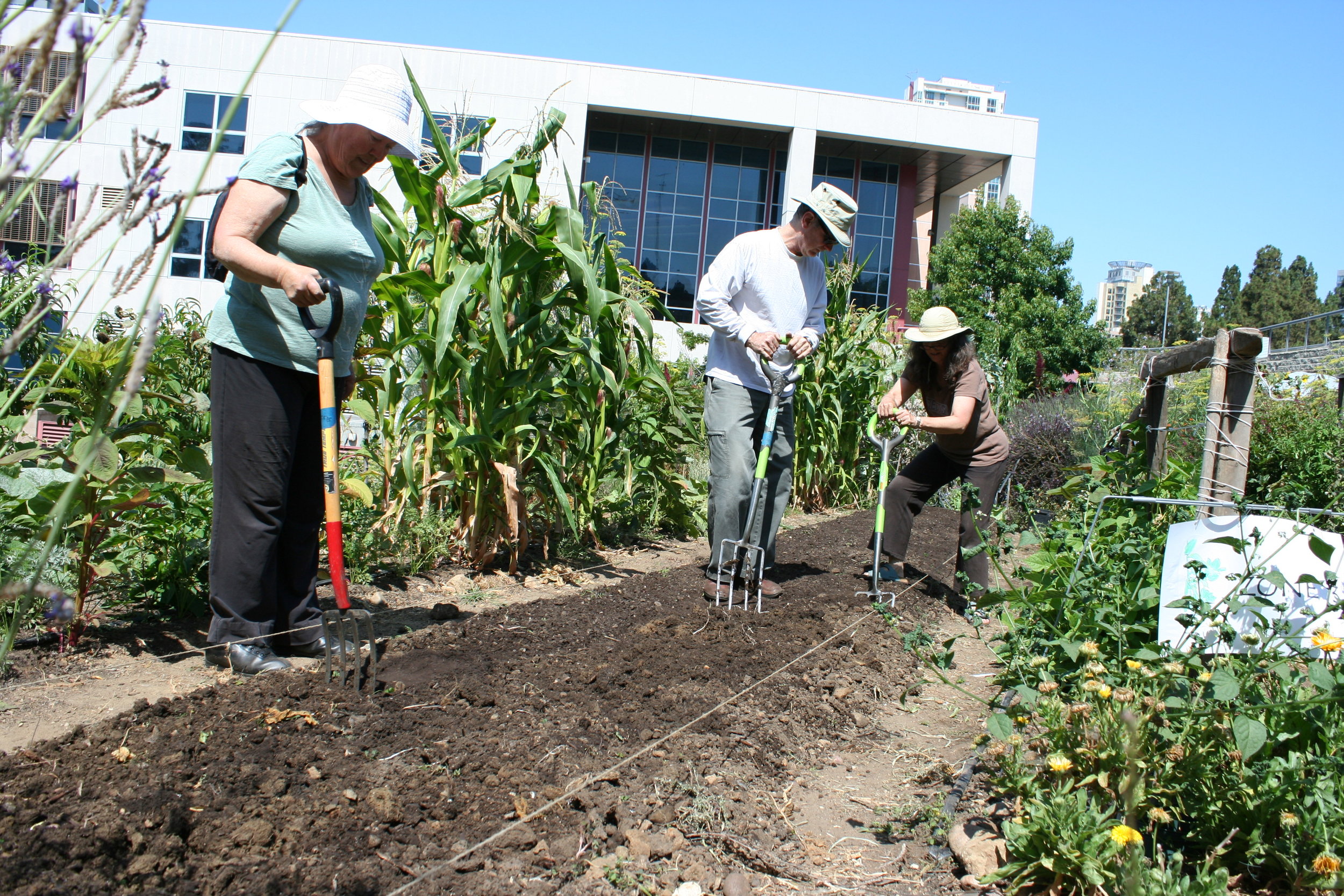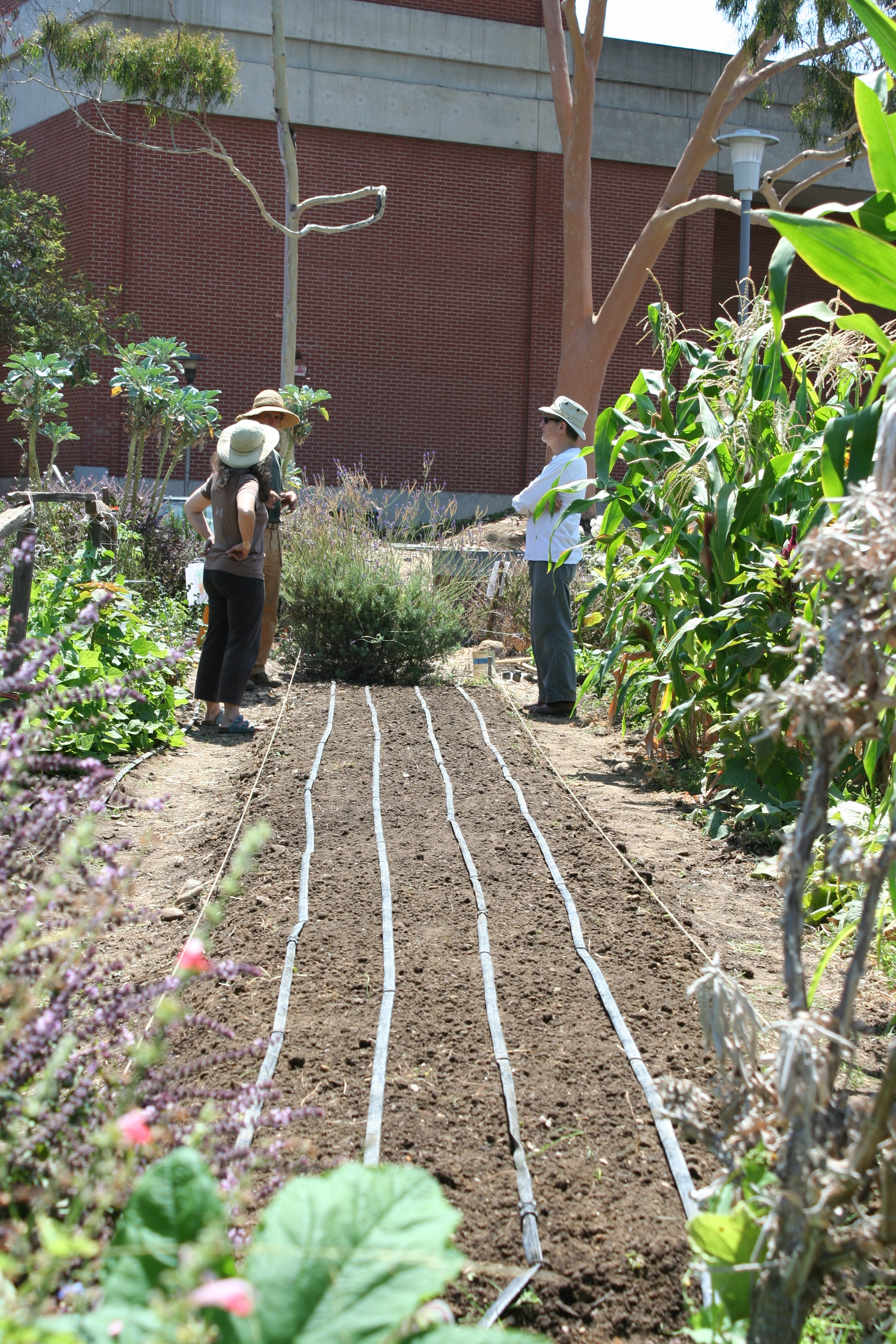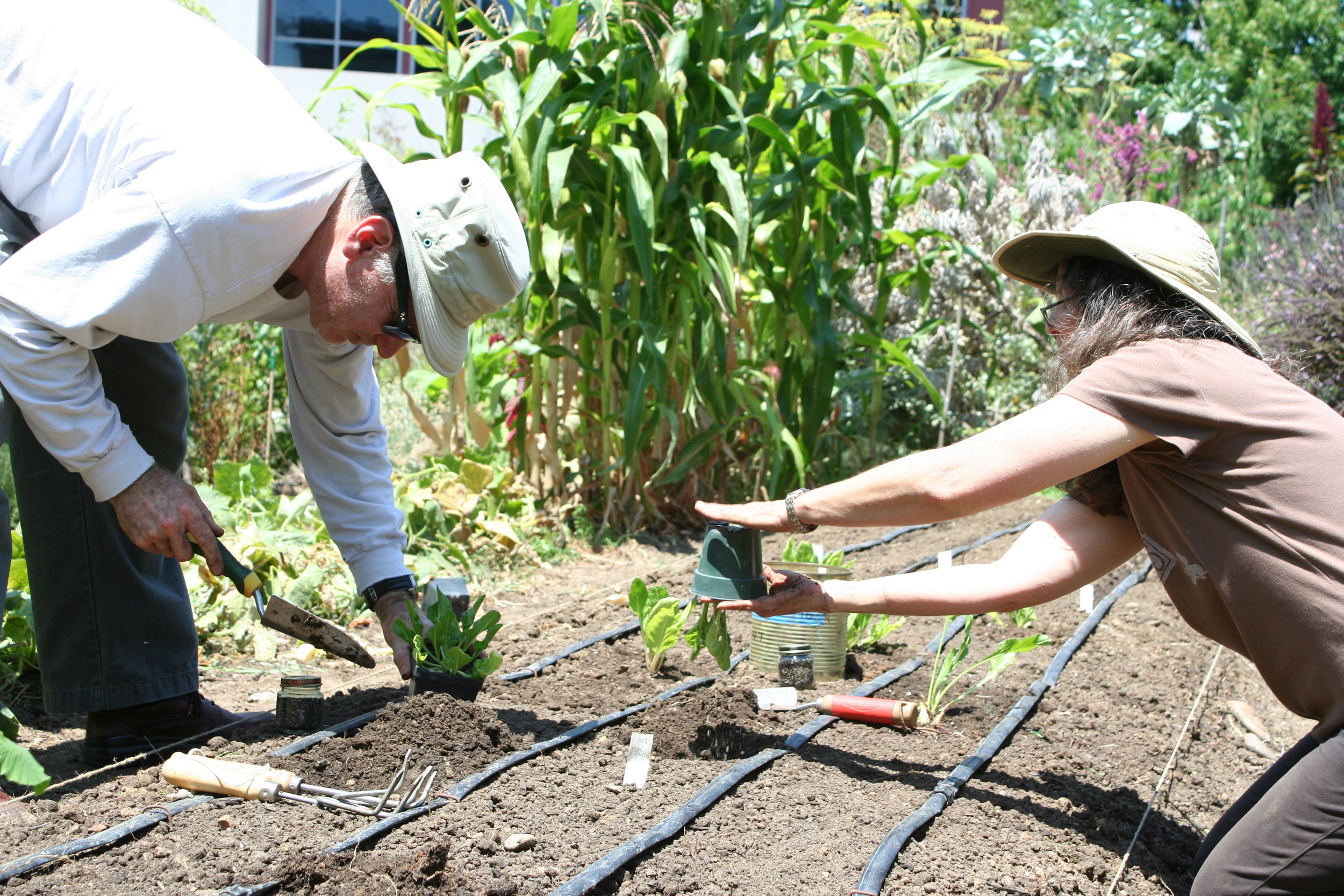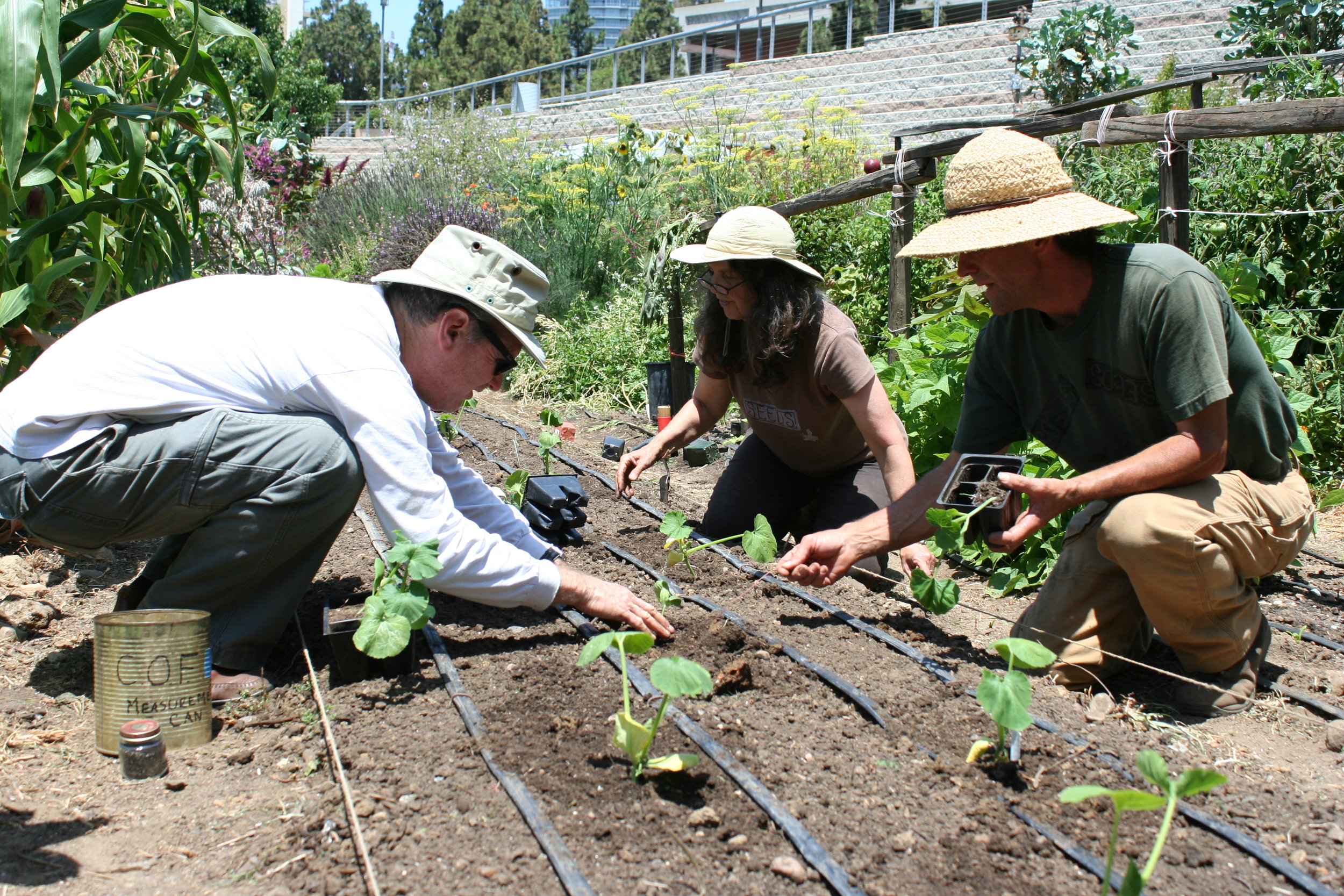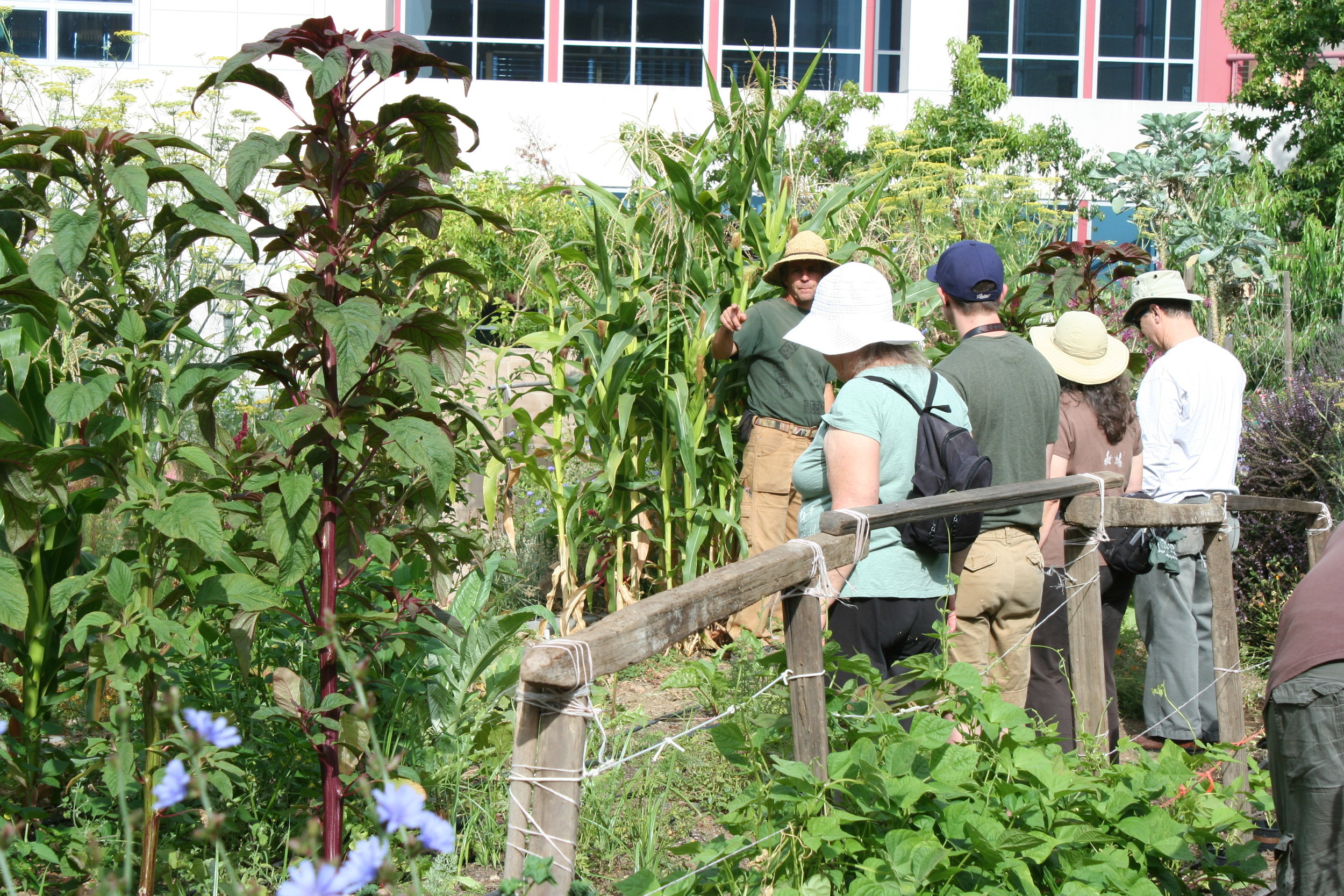Join us on November 8, 2018 for a private screening of ‘Dreaming of a Vetter World’ and a Q&A with filmmaker Bonnie Hawthorne.
Thank You for Joining Us at Good Food Community Fair!
The times challenge us. Slow Food Urban San Diego is grateful for our community - you uplift us in times like these and help to ground us in others. Thank you for your important contributions to our Good Food Community Fair: True Cost of Food and to our local food system. Thank you for sharing your wisdom, skills, knowledge, sense of hope, resiliency, successes, humor and delicious food and drinks.
This year's Fair celebrated how we are addressing the True Cost of Food in our region and acknowledged the work we have yet to do.
We discussed the true cost of food and farm labor, sustainable seafood, wasted food, soil health and land management, preserving cultural traditions and more. Thank you for sharing your stories and local treats, for teaching us about heirloom seeds and gyotaku, how to prepare "three-sisters," and how to connect to our farmers and fishermen and support healthy food systems. Slow Food looks forward to continuing the effort with you, our community. Thank you to all who contributed and volunteered, and all who attended, and to the WorldBeat Cultural Center for being our gracious host.
We're grateful to our generous sponsors who made it possible to charge only a "suggested donation," so that we can truly bring the Slow Food mission of good, clean and fair food to ALL. Creating opportunities to connect that are accessible is important to us.
Thank you to all who attended and partook of this community event. If you missed this year's good, clean and fair food fun, you can catch the next one in 2018. And of course, you can find us planting, eating, learning, teaching, connecting, cooking and expanding community with our partners in the meantime.
From all of us at Slow Food Urban San Diego, eat well, grow well, and be well.
Envision Urban Agriculture in Urban San Diego
Hillary of Girl Next Door Honey giving the buzz about local bees
Last month Slow Food Urban San Diego held an Envision Urban Agriculture Fair in partnership with the San Diego Food System Alliance and International Rescue Committee at Silo in Makers Quarters, Downtown. Together with our good, clean & fair collaborators, we provided the community resources to grow food in our city at this free event. The fair featured an urban farmers market, live music, local organic food and beer, seed exchange, composting workshops, resources for growers, cooking demos, and the Lexicon of Sustainability exhibit.
IMG_5040
IMG_2262
A BIG thanks to all our collaborators including Girl NextDoor Honey for the Helping Honeybees Workshop, The Heart & Trotter for the butcher demo, Kitchens for Good and Vivacious Dish for a raw desserts demo, and Specialty Produce, Karl Strauss, Golden Coast Mead and Kashi for their generous food and drink donations.
Get to Know Local Farmer Stepheni Norton, founder of Dickinson Farm
Slow Food Urban San Diego Board Farm Liaison, Stephanie Parker, recently interviewed Stepheni Norton, the owner of the local Dickinson Farm to learn more about how and why she farms. Before becoming a farmer Norton had a distinguished and decorated career as Chief Yeoman in the US Coast Guard. Learn more about Norton's journey to becoming a farmer in her own words. Why do you farm? It really started as a personal necessity and as my health improved has become a respite, a mission and as my husband says, a calling.
Tell us about Dickinson Farm's beginnings. A year-round heirloom fruit, vegetable & herb farm in National City, California…that all started because of a bug the size of a pinhead.
My husband Mike & I purchased the Wallace D. Dickinson homestead in February 2012, as our “forever” home. When we first started dating we half-jokingly made a list of everything we wanted in a home …it was really a delusional list….6 bedrooms, actual land (not a postage stamp), architecture and character, room for a 7 car garage and of course a view of the ocean, and must be in SoCal. It was certainly not something we expected to find. Then we did, insomnia and the end of the internet, I found the house. We saw it the next day and put an offer in right away.
When we bought the property, I was in the mist of pre-deployment work-up preparing for a 10 month OCONUS deployment – a few weeks later I was bit by a tick on San Clemente Island off the coast of South California. Unfortunately, Southern California Doctors are not Lyme literate, so I was left sick and untreated for the rest of work-ups and a 10-month deployment.
Almost a year later I returned home, I was still very ill and was bounced around from Doctor to Doctor to find a cure. After 2.5 years of fighting an undiagnosed illness and looking for a Doctor, in July, 2014 I was diagnosed with Lyme disease and related co-inflections.
Right away I started daily IV treatment and my Doctor wanted me to eat as fresh and healthy as possible. Each day after treatment Mike would drive me home and try find fresh organic food to make for dinner.
This is when they noticed fresh produce was hard to come by in National City.
So I asked my Doctor if I could be outside and garden a little… with no real farming experience we planted a few fruits trees. Then we got advice from a few different garden consultants and started planting a small garden patch …and with that the Farm began.
In the SoCal sunshine, the crops spouted up with ease providing excess in abundance of what they could eat. We started giving away the excess to friends, family and even a crop share. Then decided to give the excess to Dreams for Change to help feed those that couldn’t afford to buy their own.
All the while I sat in the IV chair researching how to make the Farm an actual business.
By January 2016, the few trees and garden patch became 16 raised boxes, orchard, hop patch 20 in ground rows, 4 coffee rows; 1/4 of an acre total. Plans were set and licenses obtained – and in January 2016 the little garden patch officially became Dickinson Farm.
How many varieties do you grow? Currently we have 42 crops and 108 varietals. We used fall 2015 and spring / summer 2016 to determined what grows best on our plot. Starting with our Fall 2016 planting we will reduce the varietals to 2 per crop, focusing on growing what does best on our land which still providing options to our customers.
What made you decide to grow all heirloom varietals? When we purchased the property, I spent a great deal of time researching the properties history. We found that Wallace D. Dickinson in addition to being a savvy business man, was one of the top local hobby horticulturists. He spoke a lot about how to grow a kitchen garden in a [early 1900] “urban environment”. We wanted to be true to the property and land, what would have Wallace grown? That notion started us down the heirloom path, and the taste and quality of the produce kept us there.
Where do you find your seeds? I never expected finding real heirloom seeds to take the amount of research it does, but after many hours and some duds, we stick with a few companies we trust… Baker Creek, Southern Exposure Seed Exchange, Annie's Heirloom, Wood Prairie, & Sherck's.
What's been the biggest thing you've learned during this process? You cannot control growth. You are most likely going to be both elated and disappointed every day. I am a data junkie and logical person. That works with lots of aspects of planning and farming…until the weather changes and the wind comes in. Then all bets are off.
What's been easy? Really once you let go of perfection, it’s all easy. I’ve had a more than a few mentors who taught me hard are the days you or your shipmates do not get to come home. Everything else is just a little heavy lifting and another day in paradise.
Anything you're loving right now that you could share a recipe for? Carrot tops! Seriously why do people throw these away? (FYI I do recipes like my G-Ma…measurements are swagged)
Carrot Top Pesto Few cups washed carrot tops Few basil leaves (1 leaf to each cup of carrot tops) Small handful whatever nut you like, toasted – we use black walnuts as an homage to our family land in Southern Illinois. Handful grated aged Parmesan cheese One garlic clove or more (I use more) flaky sea salt extra-virgin olive oil to consistency
Blend in mini-chop or get an arm work out with mortar and pestle
Put on Burrata, grab a baguette … amazing
How can people support the farm? Shop Small & Shop Local! We are a small farm, and we want people to be able to choose what they like. We so offer a free choice of in season, harvested to order fruits, vegetables & herbs in any quantity or combination you choose. It’s a “design your own” box – and is perfect for specialty diets & picky eaters.
Each Thursday evening, we send out a Harvest alert with what will be ready for harvest Monday. Friday morning at 7:00AM our on-line store opens and customers can pre-order online until 7:00AM Monday. Orders are harvested Monday mid-morning, ready for The Market Monday evening at 7:00PM
Every Monday (except holidays) from 7:00pm-9:00pm we bring pre-orders and the remaining harvest to Machete Beer House (aka "The Market")
The Market @ Machete Beer House 2325 Highland Ave National City, CA 7:00pm-9:00pm
Thanks so much to Stepheni Norton for sharing your story with us!
2015 Good Food Community Fair
By Sarah M. Shoffler, SFUSD board of directorsPhotos by Eric Buchanan
We had a great time at the 2015 Good Food Community Fair! This year's event, at the wonderful Quartyard, featured some of the best of San Diego's thriving slow food scene: coffee, honey, beer, pigs, sea urchins, yellowtail, sushi, oysters, kombucha, mead...plus farmers, fishermen, chefs, brewers, beekeepers, butchers, food researchers, publishers, educators and conservationists. Check out our photos below!
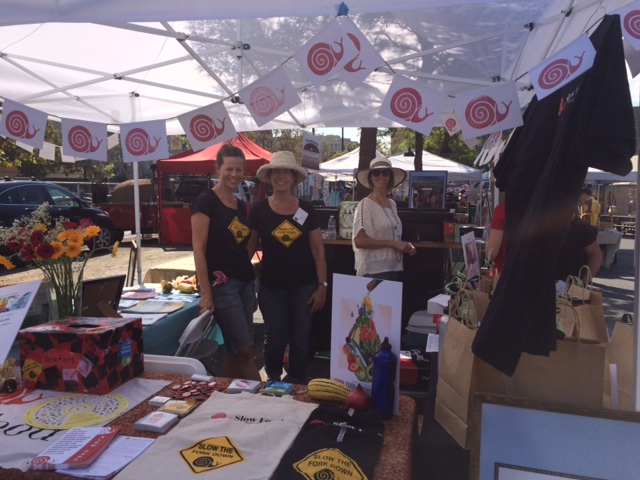 Over 40 partner organizations, our colleagues in the San Diego Slow Food movement, brought their variety of good, clean & fair food for all to our annual event. We owe our success to these partners, plus to our generous donors of food, supplies, raffle items, time and expertise, and to our awesome volunteers. Not to mention the rockstar staff at Quartyard. See you next year!
Over 40 partner organizations, our colleagues in the San Diego Slow Food movement, brought their variety of good, clean & fair food for all to our annual event. We owe our success to these partners, plus to our generous donors of food, supplies, raffle items, time and expertise, and to our awesome volunteers. Not to mention the rockstar staff at Quartyard. See you next year!
Like this year's artwork? You can buy an artist-signed print, of just the art, for $10. Email us at info@slowfoodurbansandiego.org.
Our amazing partners and sponsors:
1:1 Movement, Baby Cydesdale, Café Virtuoso, California Sea Grant, Scripps Institution of Oceanography, Catalina Offshore Products, Cat Chiu Phillips, Chef Rob Ruiz, City Farmers Nursery, City Farming Academy, Culinary Historians Of San Diego, Community Health Improvement Partners, Cook Pigs Ranch, Duck Foot Brewing, Edible San Diego, Epicurean San Diego, Ernest Miller, Girl Next Door Honey, Golden Coast Mead, Green Flash Brewing, Jeanne's Garden Program for Children, Kashi, Leah’s Pantry and EatFresh.org, Master Gardeners of San Diego, NOAA Fisheries, Nomad Donuts, Nopalito Hop Farm, Olivewood Gardens and Learning Center, One Bag World, Project New Village, RainThanks, Resource Conservation District of Greater San Diego County, Revolution Landscape, San Diego Weekly Markets, Slow Food San Diego State University, Slow Money SoCal, SoCal Fish, Stone Brewing Co., Surfrider Foundation San Diego, Suzie's Farm, The Humane League, Tuna Harbor Dockside Market, Via International, Viva Pops, Wild Willow Farm & Education Center, Women of Coffee Microfinance Fund, Specialty Produce, The Meat Men, Eclipse Chocolate, The Lodge at Torrey Pines, Next Door Wine + Craft Beer Bar, Dr. Bronner's, Blind Lady Alehouse, Leroy's Kitchen, Suzie's Farm, NINE-Ten, Curds and Wine, Epicurean San Diego, San Diego Food Systems Alliance.
A Berry Sweet Season!
Spring is here and in sunshiny Southern California that means the start of strawberry season! These perfectly sweet red berries are popping up everywhere these days, on salads at our favorite restaurants, over flowing their little green baskets at farmers markets and if you are lucky hanging on the strawberry plants in your very own yard. Delicious with everything from home made shortcake to fresh cream, strawberries are also perfect for making jams and jellies. We have been swooning over Rachel Saunders recipe for "Children's Strawberry Jam" in her scrumptious Blue Chair Jam Cookbook. Rachel also provides some handy tips and tricks for jam making in general throughout her book, making preserving produce easy peasy!
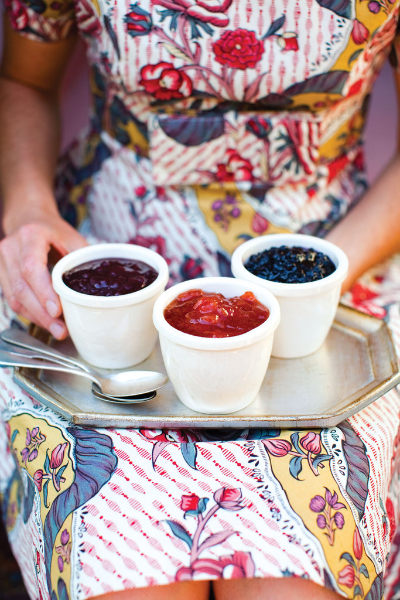
Whether you keep it simple with strawberries and sugar or add in delectable accompaniments like rhubarb, herbs or balsamic making berry jam is the perfect way to preserve the sweet flavor of spring for months to come! Here are a few delicious iders for you to play with!
- Rhubarb Strawberry Jam by Smells like Home
- Strawberry Vanilla Jam by Love & Olive Oil
- Balsamic Strawberry Jam by Savory Sweet Life
- Strawberry Marsala Jam with Rosemary by Blue Chair Fruit Company
3rd Annual Slow Food Urban San Diego Food and Seed Swap!
|
Rejoice! It's Spring! Slow Food Urban San Diego and San Diego Seed Company are teaming up with Wild Willow Farm and Education Center for a Food and Seed Swap! Bring your tightly sealed home made-jams, baked goods, seeds and cookbooks for an afternoon of trading and recipe sharing. Stick around after the trade for a Spring Gardening class, tour of the farm and the Wild Willow Potluck. It's going to be a great day! Please bring your best batch of jam, your Nonna's sauerkraut recipe, your uncle Willis's blue ribbon barbecue sauce and your surplus of backyard meyer lemons for trade and barter. Don't miss this wonderful day on the farm chalk-full of good food, good vibes and good folk. Food and Seed Swap Schedule
Saturday April 27th
1pm: Check-in for the Food and Seed Swap
1:30-4pm: Swap goodies with others, learn new recipes, get seeds to plant in your garden, and get inspired to live the Slow Food way of life.
4-5pm: Spring Planting Basics class. Learn how to start your garden. There's nothing better than your own homegrown produce!
5:30pm: Farm tour of Wild Willow Educational Farm
6:15pm: Wild Willow Potluck- bring a dish to share and/or donation for the world famous wood-fired pizza! What can I bring to the Food and Seed Swap?
Please be sure to label all ingredients.
Click here to download and complete the Swap Agreement Form. They will also be available to fill out the day of the event. When: Saturday April 27th Where: Wild Willow Farm and Education Center 2550 Sunset Avenue, San Diego 92154 Cost: Free! RSVP on our Facebook event page!
Questions? Please contact Jenna Barnes at education@slowfoodurbansand |
Join us for a Wooly Pig Carnitas Cook-out!
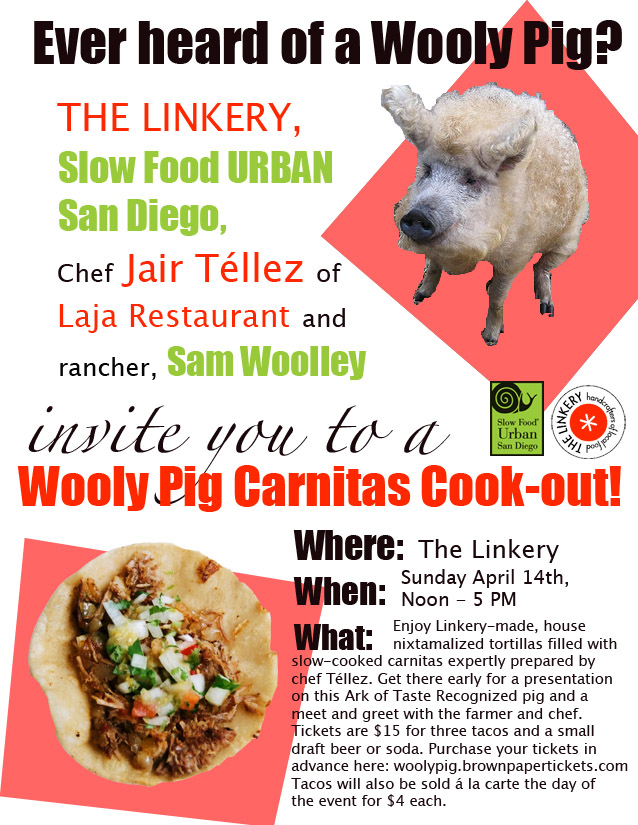 Turn in your taxes and Join Slow Food Urban San Diego, The Linkery, Chef Jair Téllez of Laja Restaurant in the Valle de Guadalupe and Rancher Sam Woolley of Valley Center for a carnitas cook-out. Arrive early for a presentation on this Ark of Taste recognized breed and a meet and greet with the Chef and Rancher.
Turn in your taxes and Join Slow Food Urban San Diego, The Linkery, Chef Jair Téllez of Laja Restaurant in the Valle de Guadalupe and Rancher Sam Woolley of Valley Center for a carnitas cook-out. Arrive early for a presentation on this Ark of Taste recognized breed and a meet and greet with the Chef and Rancher.
Tickets are $15 for three tacos and a small draft beer or soda. Tacos will also be sold á la carte for $4/each the day of the event.
Ark of Taste Presentation begins at 12:30 PM
We'll see you there!
Head, Heart, Hands & Health
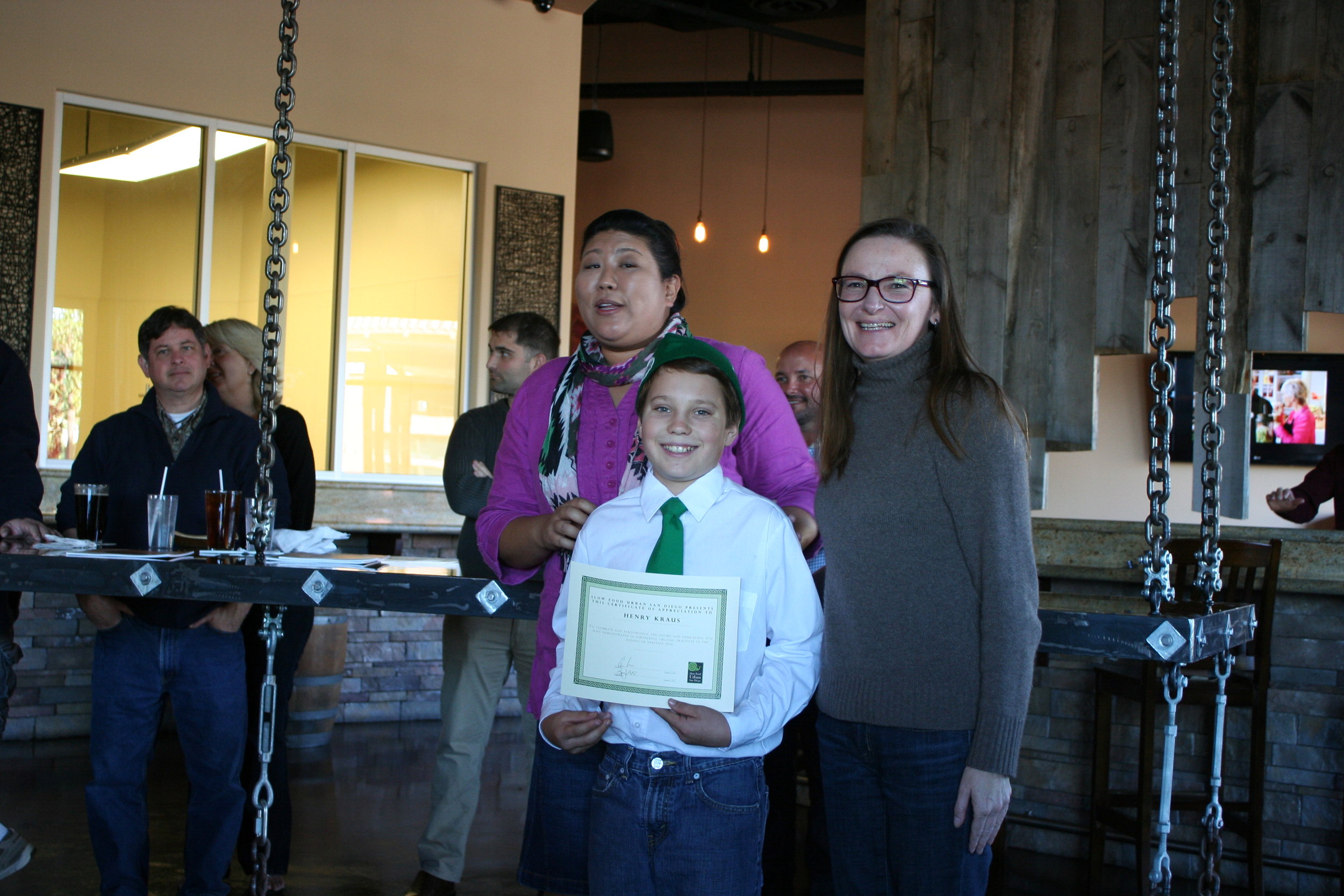 To many city-dwellers, the mention of 4-H conjures images of the county fair: kids chasing greased pigs, chicken cages with red ribbons, white and black cows towering over smiling youngsters. While this perception of the century old organization is partly true, the history and current mission of 4-H (Head, Heart, Hands & Health) is much more expansive.
4-H clubs started in Ohio in the late 19th century as the USDA's Cooperative Extension System were beginning to disseminate new farming technology through land grant universities and regional offices. As it often happens, older farmers were less keen on experimenting with new "advances" in their field (literally). So clubs were formed to attract the younger farmers-to-be to learn about leaderships skills, local economies, and, of course, agricultural innovations.
To many city-dwellers, the mention of 4-H conjures images of the county fair: kids chasing greased pigs, chicken cages with red ribbons, white and black cows towering over smiling youngsters. While this perception of the century old organization is partly true, the history and current mission of 4-H (Head, Heart, Hands & Health) is much more expansive.
4-H clubs started in Ohio in the late 19th century as the USDA's Cooperative Extension System were beginning to disseminate new farming technology through land grant universities and regional offices. As it often happens, older farmers were less keen on experimenting with new "advances" in their field (literally). So clubs were formed to attract the younger farmers-to-be to learn about leaderships skills, local economies, and, of course, agricultural innovations.
Nowadays the scope has widened to encompass a number of community activities to help students to learn leadership, citizenship and life skills. Here in San Diego a 4-H club member could be participating in activities from veterinary sciences to marine biology to animal husbandry to ham radio. (Here's a full list of 4-H activities in San Diego).
Not to say that the agricultural side of 4-H has been abandoned: Slow Food Urban San Diego had the pleasure of working with Henry Kraus, a local 4-H student committed to raising his pigs organically. He is learning about leadership, economics, and agriculture in his community in a big way: bucking the "conventional" model amongst the pressure of adults and peers to raise his pig non-organically must not have been easy! But he stuck to his guns and raised a beautiful healthy pig that fetched a price tag well above the conventionally raised pigs in his midst. As everyone who attended last months Pig Picking at Roots Community Kitchen, the outcome was delicious! Henry, leading by example, is in turn helping to educate other local farmers (or farmers-in-training) about the benefits of raising livestock organically. The four leaves of the 4-H clover (head, heart, hands, and health) are certainly being grown and nourished by such an effort.
Through the support of local 4-H programs here in San Diego we can assist our youth in fulfilling the 4-H pledge and subsequently set the stage for a healthier, kinder, and more educated foodie/farmer community:
I pledge my head to clearer thinking, My heart to greater loyalty, My hands to larger service, and my health to better living, for my club, my community, my country, and my world.
For more information about 4-H, check out their website.
In Season: Olives
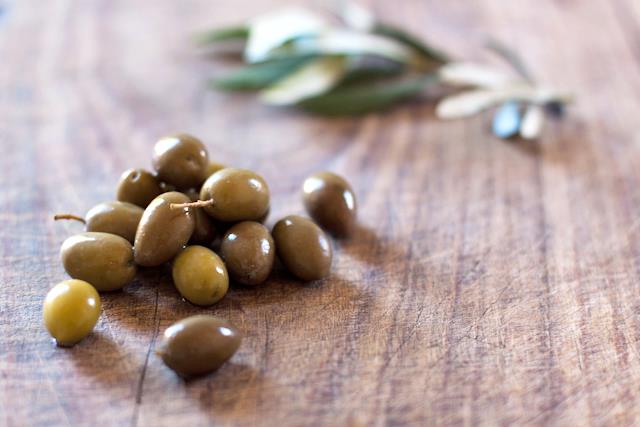 If you live in San Diego, chances are there's an olive tree or two growing in your neighborhood. In fact, the history of the olive industry in California starts in San Diego. The trees planted by Spanish Missionaries at Mission San Diego de Alcala at the turn of the 19th century provided the cuttings for most of the trees planted across the state and sold in nurseries across the country (ever heard of The Mission Olive?). Monoculture, overproduction and the olive fruit fly led to a decline in commercial production of olives in San Diego county, but many of the trees remain and some of them offer up beautiful, fruit-fly-free fruit that is perfect for curing at home.
If you live in San Diego, chances are there's an olive tree or two growing in your neighborhood. In fact, the history of the olive industry in California starts in San Diego. The trees planted by Spanish Missionaries at Mission San Diego de Alcala at the turn of the 19th century provided the cuttings for most of the trees planted across the state and sold in nurseries across the country (ever heard of The Mission Olive?). Monoculture, overproduction and the olive fruit fly led to a decline in commercial production of olives in San Diego county, but many of the trees remain and some of them offer up beautiful, fruit-fly-free fruit that is perfect for curing at home.
When curing olives, you've got a few options. You can ferment them as you would a kosher pickle in a process that takes up to year to complete or you can take a couple of shortcuts and start snacking in three weeks. The University of California Davis offers this extensive guide on olives and olive curing. Here are our favorite and tested methods from their guide for curing olives in 2 - 6 weeks.
MEDITERRANEAN-STYLE CRUSHED OLIVES
Use green-ripe fruit of any variety to prepare this style of olive. After these olives are cured and placed in the finish brine, you can also add a variety of seasonings, such as oregano, garlic, and lemon slices, to provide additional flavor.
Supplies needed
• Green-ripe olives • Pickling salt • White wine vinegar • Herbs, garlic, lemon, or other seasonings (optional) • Airtight, food-grade plastic, or glass containers (for olives) • 1-gallon container (for mixing brine)
Preparation
1. Sort the olives according to size, if desired, and discard any bruised or defective fruit.
2. Rinse the olives in water, and drain.
3. Place olives one or two at a time on a clean cutting board and strike with the flat side of a mallet or with a rolling pin. Crush each olive just to crack the flesh—do not break the pits or remove them.
4. Place the cracked olives into a food-grade plastic pail (or other container as listed above) and cover olives with fresh, cool water. Keep the olives submerged by placing a heavy plate or a sealed plastic food-storage bag filled with water over the fruit. Close the container lid loosely and leave the olives to soak.
5. After 24 hours, drain the olives and cover again with fresh, cool water. Repeat the water change daily for 6 to 7 days to reach the desired level of de-bittering. If you want less-bitter olives, continue to soak for a few more days and change water daily.
6. Prepare the finish brine—add 1 pound (11⁄2 cups) of pickling salt to 1 gallon of cool water, stir to dissolve, and add 2 cups of white wine vinegar. This amount of solution is enough to treat about 10 pounds of fresh olives.
7. Drain the de-bittered olives and cover with the finish brine. At this point you can add herbs or other seasonings if desired, such as chopped oregano, lemon slices, and garlic cloves. Close the container lid firmly and refrigerate. Note: These olives must be kept refrigerated. The olives are ready to eat after 4 days in the finish brine or you can allow the flavors to develop more fully during longer refrigerated storage.
8. These Mediterranean-style cracked olives can be stored in the refrigerator for up to 1 year in the finish brine.
DRY SALT-CURED OLIVES
Prepare dry salt cured olives from fully ripe, mature fruit that is dark red to black. Oil-rich varieties such as Mission are commonly used, but other varieties will also work. Use smaller olives; larger ones will soften too much during the process. Salting dehydrates the olive flesh, resulting in a soft, moist, shriveled product. Dry salt cured olives will be ready to eat about 5 to 6 weeks after you begin the salting process. These olives are salty and also slightly bitter because dry salt curing removes less oleuropein than other methods.
Dry salt cured olives can be stored for up to 6 months in a refrigerator, as described below, or they can be frozen for longer storage (see Methods for Preserving Cured Olives).
Supplies needed
• Mature, fully colored (dark red to purplish black) olives • Pickling salt • Slat wood box, wicker or plastic basket, or plastic bin (for olives) • Cheesecloth or nylon mesh • Airtight, food-grade plastic or glass containers (to store olives)
Preparation
1. Sort the olives and discard any bruised or defective fruit.
2. Prepare a large container that will hold the olives and salt. Use a slat wood box, a large wicker basket (it will likely stain), or a plastic bin with some drainage holes cut into the bottom. Line the bottom of the container with clean cheesecloth or nylon mesh. NOTE: Place the container outdoors (under cover) or over a large pan so the draining brine will not ruin your floors. Raise the container on small blocks to improve air circulation around the bottom.
3. Weigh the sorted olives and place them into the container. Add about 1 pound (11⁄2 cups) of pickling salt for every 2 pounds of olives. Mix the salt and olives very thoroughly in the container to distribute the salt and prevent mold from developing. Pour a 1-inch layer of additional pickling salt over the olives. Cover the container with clean cheesecloth and let it stand at about 60° to 80°F.
4. After 1 week, re-mix the salted olives by pouring them into a clean pail and then back into the first container. Add a small layer of salt over the top of the olives. Cover the container with a clean cloth and let it stand.
5. Repeat the mixing process once a week for the next month, until the olives are cured and edible.
6. When the olives are ready, pour them over a coarse screen to sift out any remaining salt. Allow the olives to dry overnight at room temperature.
7. Before storing the olives, add 1 pound (11⁄2 cups) of pickling salt to each 10 pounds of cured olives. Mix the olives and salt thoroughly and pack them into airtight containers (to minimize surface yeast and mold growth). Store in a cool place and use within 1 month, or refrigerate for up to 6 months, or store in a home freezer for up to a year. (Olives tend to become rancid if stored longer.) You can use these olives, as is, for cooking. For eating out-of-hand, you can first dip the olives briefly into boiling water to remove salt, allow them to air dry, and then rub them with a little olive oil and add herbs, such as rosemary, before serving.
WHERE TO FIND OLIVES IN SAN DIEGO?
If you don't have a tree in the neighborhood, you can find fresh olives at Specialty Produce and some smaller markets with extensive produce selections (We've heard they've been spotted at North Park Produce...)
WANT TO GROW YOUR OWN?
Check out this video on planting olive trees from Peaceful Valley.
Pig Pickin’ in Support of Organics in Local 4H Programming
FOOD DAY IS OCTOBER 24TH!!!
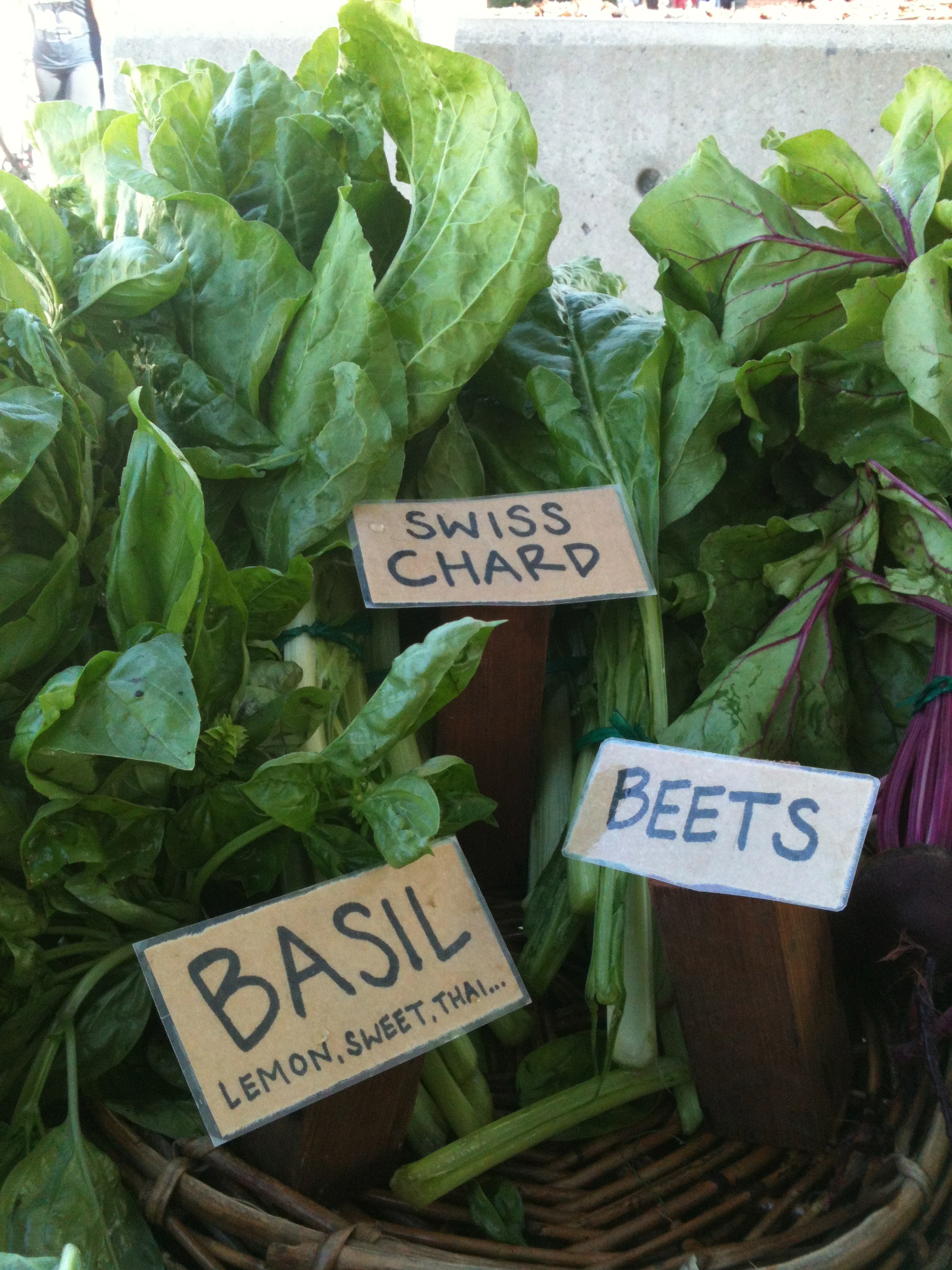 October 24th might be the official day o' food, but really how can we restrict such a flurry of events to just one day? Check out FoodDay.org to find out about all the fun and informative food happenings occurring this week all around San Diego County (& the rest of the country).
Some of the highlights include tours, cooking demos, and a kids scavenger hunt at the SD Public Market; tasty fundraisers at local restaurants to support Food Day activities at elementary schools; and tours and special events at local farms such as Olivewood Gardens and Seeds@City Urban Farm.
October 24th might be the official day o' food, but really how can we restrict such a flurry of events to just one day? Check out FoodDay.org to find out about all the fun and informative food happenings occurring this week all around San Diego County (& the rest of the country).
Some of the highlights include tours, cooking demos, and a kids scavenger hunt at the SD Public Market; tasty fundraisers at local restaurants to support Food Day activities at elementary schools; and tours and special events at local farms such as Olivewood Gardens and Seeds@City Urban Farm.
Check out the website for more details about this exciting week of food awareness!
Wild Willow 5K and Chili Brew Fest
Runners, beer drinkers, local food advocates and families traversed their way down to the southern most region of San Diego last weekend to participate in the first annual Wild Willow Farm 5k Race and Chili Brew Fest. With the harvest season well upon us, the event was a celebration of sorts, featuring a chili cook-off and homebrew competition, plus a 5K trail run/walk. Live music from the Big Decisions, self-guided farm tours and a variety of homebrews and chili concoctions made for an incredible day of fun, community building, and success.

Volunteers ushered runners across the finish line into the “beer garden” to enjoy fresh brews from local sponsors like Stone, Alesmith, and Coronado Brewing Company. The line up of judges for the homebrew competition included major San Diego brewers like Greg Koch from Stone Brewing, Peter Zien from Alesmith Brewing, and Laurie Delk from 100 Beers in 30 Days. At least 38 different brews were accounted for, but only one took grand prize- a robust, malty, Imperial Red Ale bursting with flavorful, bright hops. The donated beer was another welcome accompaniment to the 8 different chilies entered into the contest. The overall winner, named “Beegee’s Southwest Chili” won by just 1 point over other entries. Judges for the chili cook-off included Chef Nick Brune from Local Habit, Wild Willow board member Angie Vorhies, and local food and beer advocate Marty Frank.
Nearly 300 people attended the event, out of which 200 participated in the actual race. Tickets were sold for admission to the race and individual beer and chili tastings, and over $2,000 was raised to benefit operations and educational programs at Wild Willow Farm. They intend to purchase or retrofit a truck in order to deliver produce to their CSA customers and to the select restaurants that support the farm. With such a wide variety of programs offered onsite and in the local community, Wild Willow Farm is quickly becoming a central facility for the education of a new generation of farmers and the conservation of organic and sustainable food systems in San Diego.
[nggallery id=16]
Suzie's Farm Second Annual Autumnal Equinox Dinner is tomorrow!
Those of you lucky enough to have a ticket to The Second Annual Suzie's Farm Autumnal Equinox Dinner are in for a real treat tomorrow! Chefs Joe Magnanelli, Max Bonacci and Javier Plascencia along with the crew at Suzie's Farm are working hard to bring you the dining experience of the year! Guests will enjoy appetizers in the two-acre sunflower maze and a three course meal with beverage pairings at Sun Grown. Watch the video below to see what the chefs have to say about Slow Food in our city.
AED Chef video from SFUSD on Vimeo.
This event is sold out so be sure to keep an eye out for next year!
Welcome San Diego Public Market!
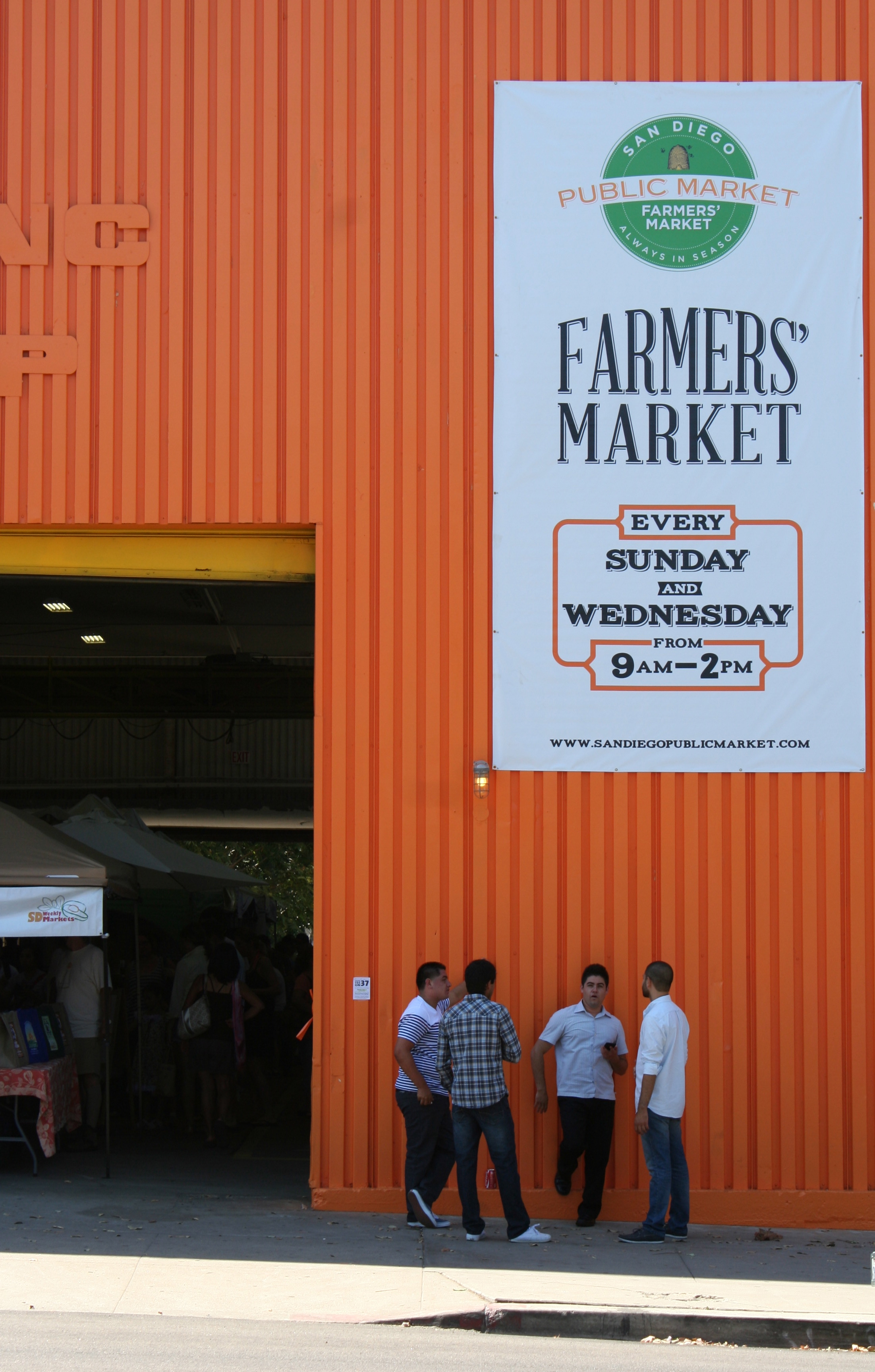 San Diego Public Market opened its enormous warehouse doors on September 12th, 2012. The vision of Catt White and Dale Steele, supported by thousands of eager San Diegans through grassroots action and Kickstarter funding, the Public Market is ambitiously putting down roots just west of the I-5. The bright orange warehouse at 1735 National Avenue in Barrio Logan is now open two days a week for San Diego's newest farmers markets: Wednesday and Sunday 9am-2pm.
I wandered through the prepared food stands with the pumpkin bread, garlic spreads, and steaming tamales tempting me at every stride. The farm stands were bustling around 11am. I chose beautiful heads of butter lettuce, deep green avocados, and sweet fresh dates (OK, and a gorgeous handmade cutting board) to place in my reusable bags for the trek home. Marketeers were excited and optimistic about the market's opening week, noting that the relatively chill atmosphere was perfect for adjusting to the new venue. And what a venue it is! The Miss Sushi food truck was parked inside (yes, inside!) the building next picnic tables for noshers. The voices of happy patrons floated up into the huge expanse above the steel girders and mixed with the tunes strummed by the live band. Industrial remnants of the building's former life still occupy the re-purposed space and provide plenty of happy distractions while strolling through the veggie packed lanes. And I have to admit that during this heatwave, it was really nice to take a leisurely look without the sun beating down on the chard (and me).
San Diego Public Market opened its enormous warehouse doors on September 12th, 2012. The vision of Catt White and Dale Steele, supported by thousands of eager San Diegans through grassroots action and Kickstarter funding, the Public Market is ambitiously putting down roots just west of the I-5. The bright orange warehouse at 1735 National Avenue in Barrio Logan is now open two days a week for San Diego's newest farmers markets: Wednesday and Sunday 9am-2pm.
I wandered through the prepared food stands with the pumpkin bread, garlic spreads, and steaming tamales tempting me at every stride. The farm stands were bustling around 11am. I chose beautiful heads of butter lettuce, deep green avocados, and sweet fresh dates (OK, and a gorgeous handmade cutting board) to place in my reusable bags for the trek home. Marketeers were excited and optimistic about the market's opening week, noting that the relatively chill atmosphere was perfect for adjusting to the new venue. And what a venue it is! The Miss Sushi food truck was parked inside (yes, inside!) the building next picnic tables for noshers. The voices of happy patrons floated up into the huge expanse above the steel girders and mixed with the tunes strummed by the live band. Industrial remnants of the building's former life still occupy the re-purposed space and provide plenty of happy distractions while strolling through the veggie packed lanes. And I have to admit that during this heatwave, it was really nice to take a leisurely look without the sun beating down on the chard (and me).
Check it out. Buy some goodies. Support our local food system!
www.sandiegopublicmarket.com
Wild Willow Farm Potluck features The Real Dirt on Farmer John
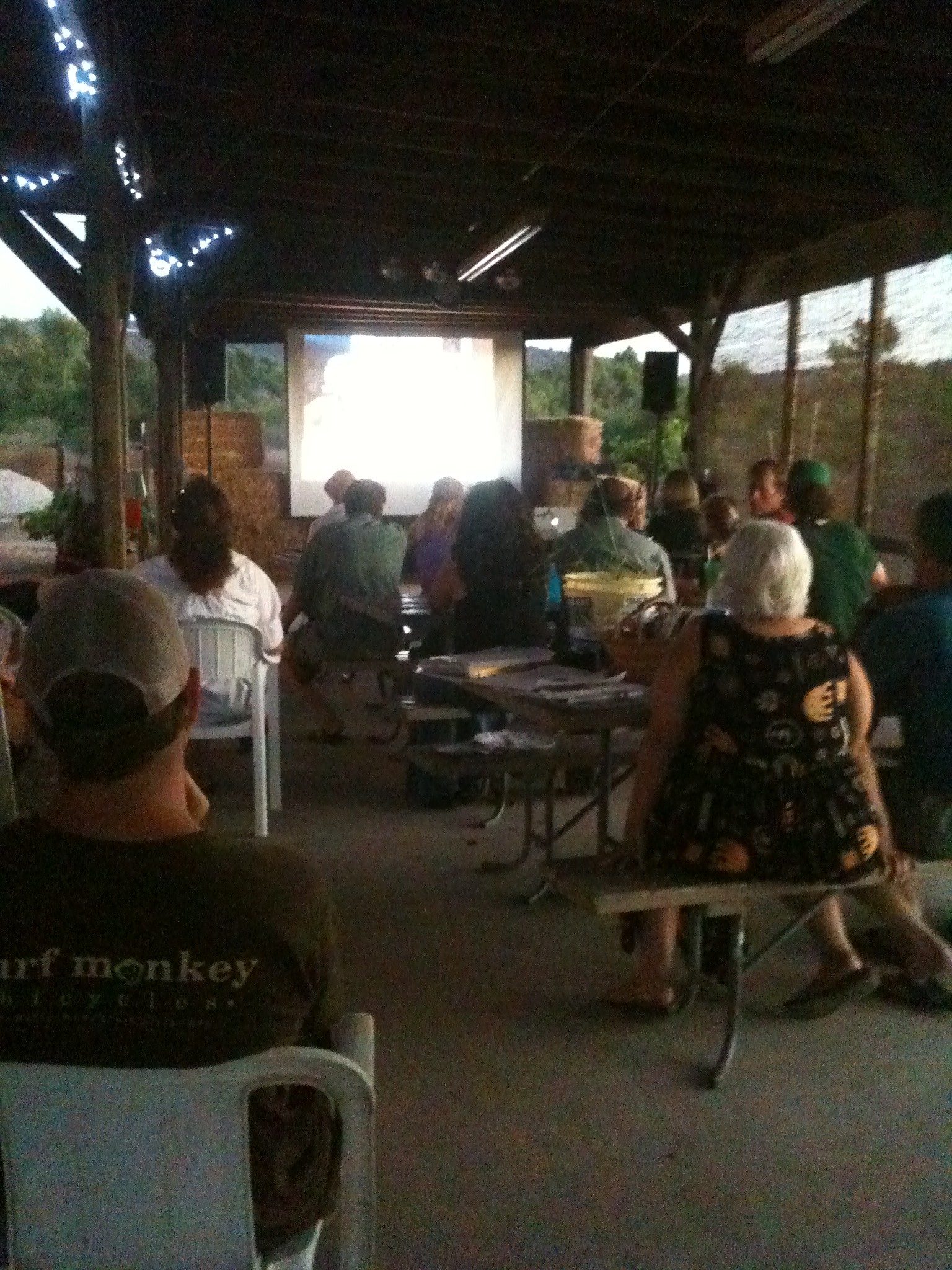 On the third Saturday of the month the farmers at Wild Willow Farm and Education Center in Imperial Beach fire up the pizza oven, clear off the long tables and benches, light up the twinkling Christmas lights in the barn, and harvest produce for that night's potluck. In addition to the proliferation of inspirational food (Lavender infused coconut cream pie? Dandelion and cashew pesto dip? Fava bean and garlic hummus?) and dance-provoking live music, a documentary well worth shushing the clattering of forks was shown during last Saturday's warm August night.
The Real Dirt on Farmer John tells the epic story of Midwest farmer John Peterson. From his experimental commune days on the farm to the collapse of his family business and finally to the formation of a thriving CSA program we see how this extraordinary man has changed the face of farming through passion, self expression, and perseverance.
On the third Saturday of the month the farmers at Wild Willow Farm and Education Center in Imperial Beach fire up the pizza oven, clear off the long tables and benches, light up the twinkling Christmas lights in the barn, and harvest produce for that night's potluck. In addition to the proliferation of inspirational food (Lavender infused coconut cream pie? Dandelion and cashew pesto dip? Fava bean and garlic hummus?) and dance-provoking live music, a documentary well worth shushing the clattering of forks was shown during last Saturday's warm August night.
The Real Dirt on Farmer John tells the epic story of Midwest farmer John Peterson. From his experimental commune days on the farm to the collapse of his family business and finally to the formation of a thriving CSA program we see how this extraordinary man has changed the face of farming through passion, self expression, and perseverance.
Click below to watch the trailer:
Plant it, Grow it, Eat It workshop at Seeds@City
Digging forks and bow rakes in hand, several aspiring gardeners took to the dirt this past Saturday morning to participate in some farming magic. As the sun rose over downtown San Diego, Paul Maschka, faculty member and one of the founders of Seeds@City Urban Farm, led the group through the steps of transforming a weed strewn patch into a compost-rich vegetable bed. Participants learned about the various crops and the best time and places to plant them, how to amend the soil with compost and organic fertilizer, techniques to "build" the bed with forks and rakes, and how to plant a bed with seeds and starts. The next workshop is Habitat Gardening: creating an abundant food forest on August 11th if you would like to get your hands dirty too! http://www.sdcity.edu/CampusLife/SeedsCity/SummerWorkshops
2012 Farm Tour
Check out pictures from this year's San Diego Farm Bureau Farm Tour in Valley Center. This year's tour visited Triple B Ranch’s vineyard and winery; TAJ Farms’ free-range livestock; Rancho Monte Vista, a citrus grower; and Altman Plants’ newest greenhouse growing facility. [nggallery id=8]
A Digital Conversation with Alysha Stehly and Chris Broomell
Check out this month's Digital Conversation with Alysha Stehly and Chris Broomell of Vesper Vineyards and Triple B Ranches. Be sure not to miss their stop on the upcoming San Diego County Farm Bureau's Farm Tour Day.
And Don't forget to read our June Newsletter!
A Bus Tour of Mendenhall Ranch
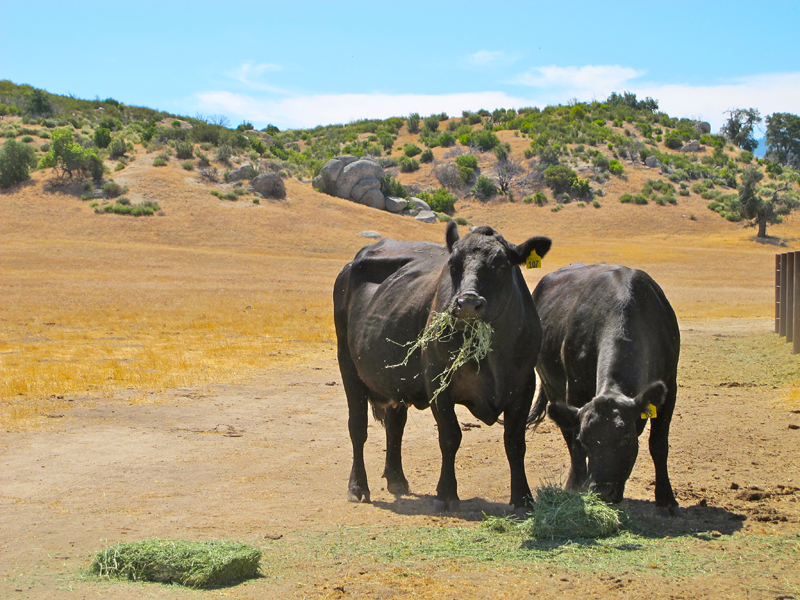 Whole Foods Hillcrest arranged a bus tour to Mendenhall Ranch on Saturday June 2nd. A few Slow Food Urban San Diego board members tagged along to see where some of our locally raised, grass-fed and finished, certified-humane beef came from and to meet the dedicated people who are responsible for it.
Whole Foods Hillcrest arranged a bus tour to Mendenhall Ranch on Saturday June 2nd. A few Slow Food Urban San Diego board members tagged along to see where some of our locally raised, grass-fed and finished, certified-humane beef came from and to meet the dedicated people who are responsible for it.
With the urbanity of Rancho Bernardo twenty minutes behind us and oak-dotted golden hills in front of us, our bus arrived at Lake Henshaw. Joel Mendenhall, a sixth generation San Diego County Rancher, Thad Benshoof and Peter Morris (of Homegrown meats) met our group at the 17-cabin resort on the lake owned by Mendenhall's parents, Frank and Janice.
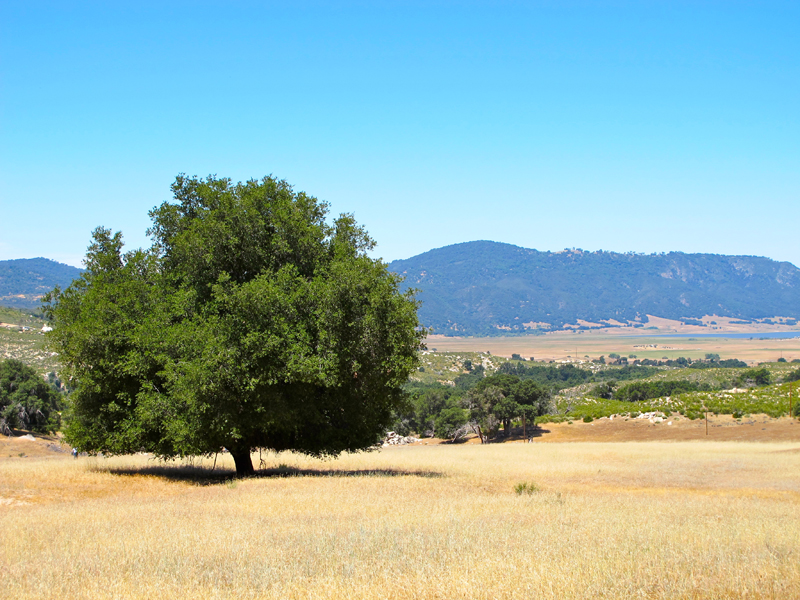
Our next destination was the weaning corral, where eight-month-old calves were being gradually weaned from their mothers' milk so they could develop a taste for grass. Here, Joel, Thad and Peter explained how Mendenhall Ranches and Homegrown Meats produce their Black Angus, grass-fed and finished beef: Nothing but mother's milk and grass for about two years until the animals reach a weight of 1,100 pounds. When the cows are heavy enough, they are processed in a certified-humane facility and nary a bit of them is wasted.
Next, we set out on a brief hike for a view of Lake Henshaw and an explanation of the "American Grassfed" and "Animal Welfare Approved" Certifications: both certifications HomeGrown Meats proudly displays on its products. Dan explained to us that both of these certifications are carried out by third party organizations and that there is no cost to the producer (which means the certification can not be bought.)
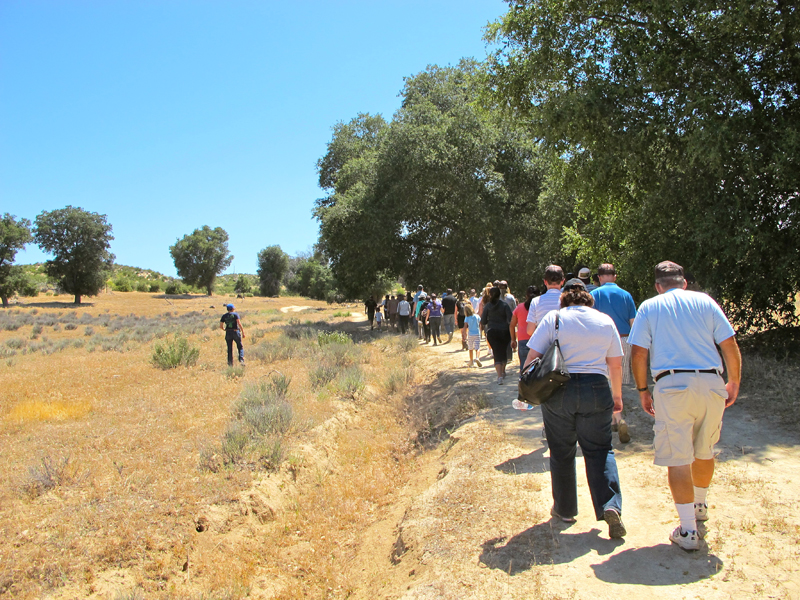
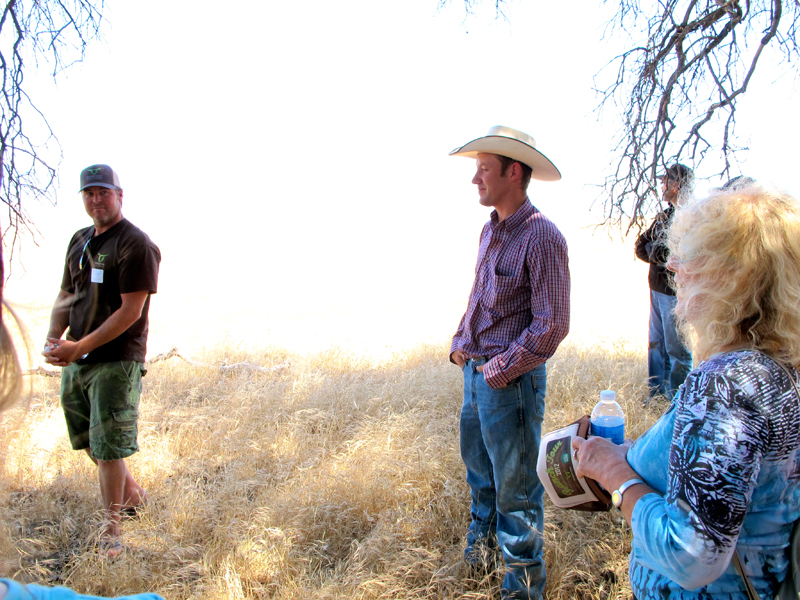
We finished our day with a lake-side BBQ featuring HomeGrown Meats' hot dogs and hamburgers.
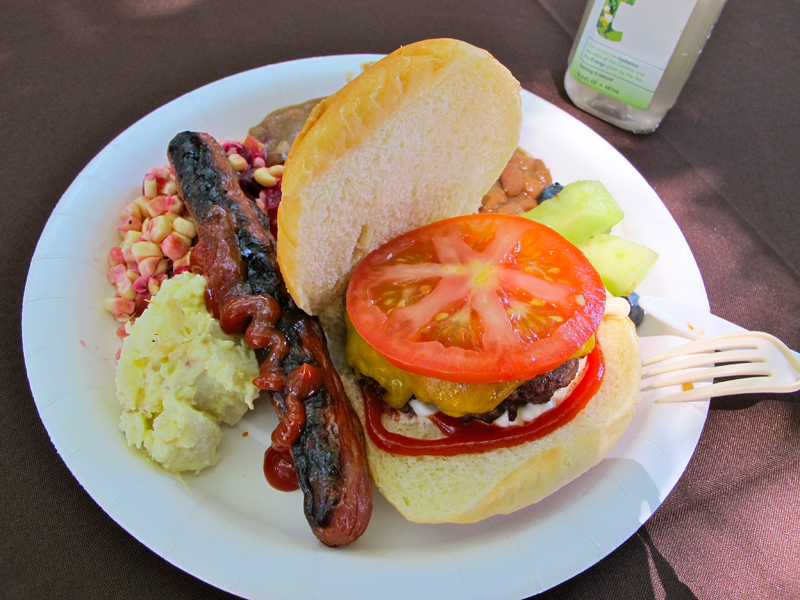
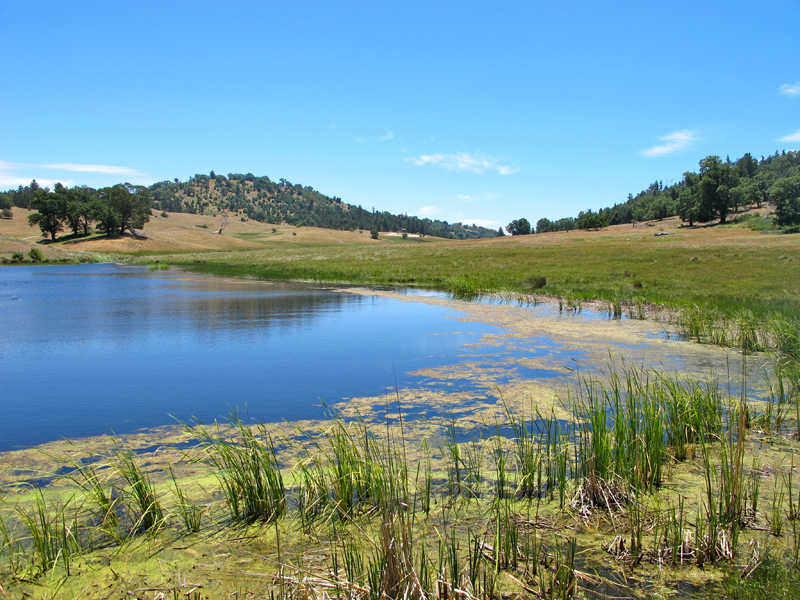
All in all, it was a great day!
Many thanks to our wonderful tour guides, Carolyn and Ray at Whole Foods Hillcrest; our gracious hosts, Joel, Frank and Janice Mendenhall and Thad and Peter of HomeGrown Meats!
[nggallery id=6]




